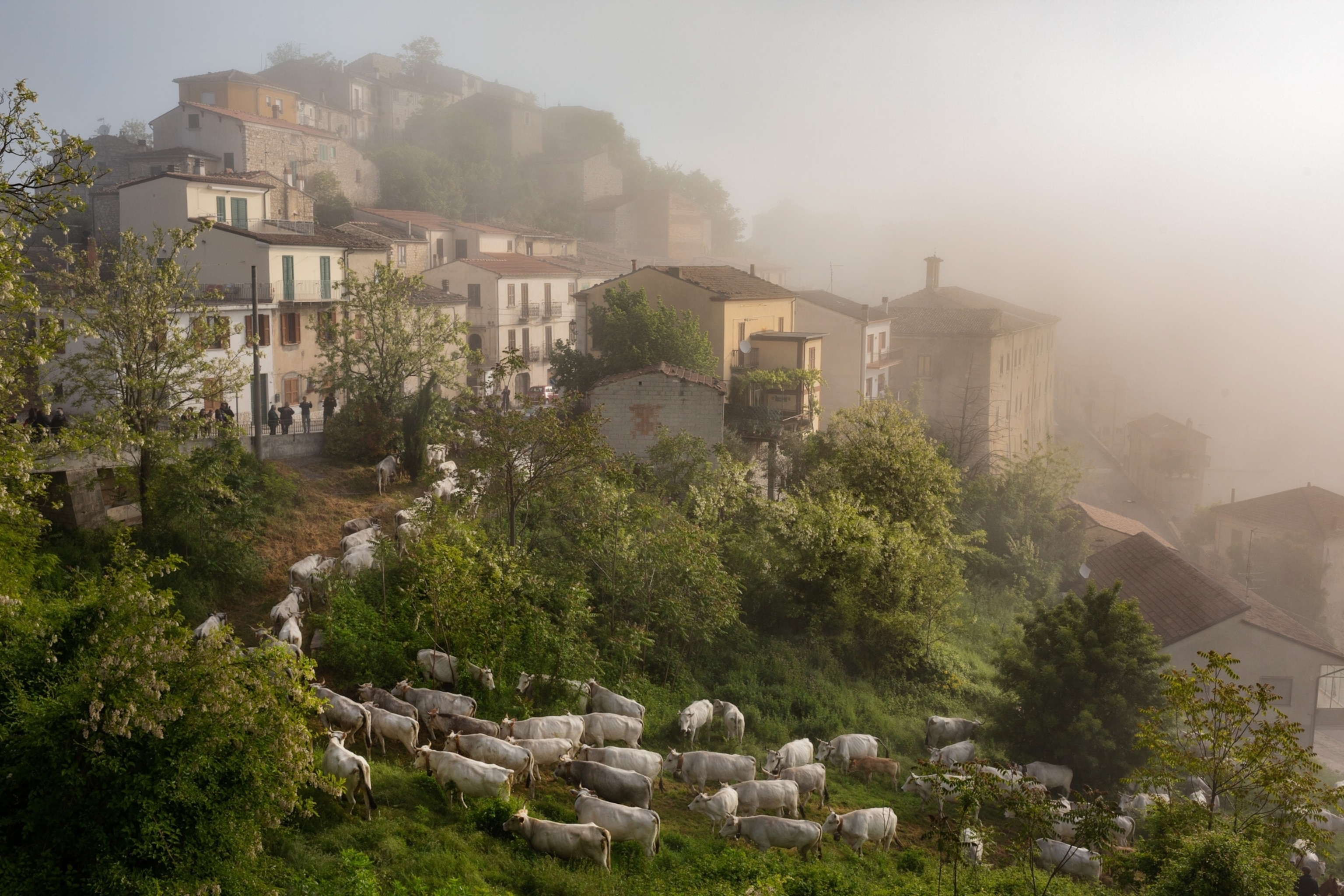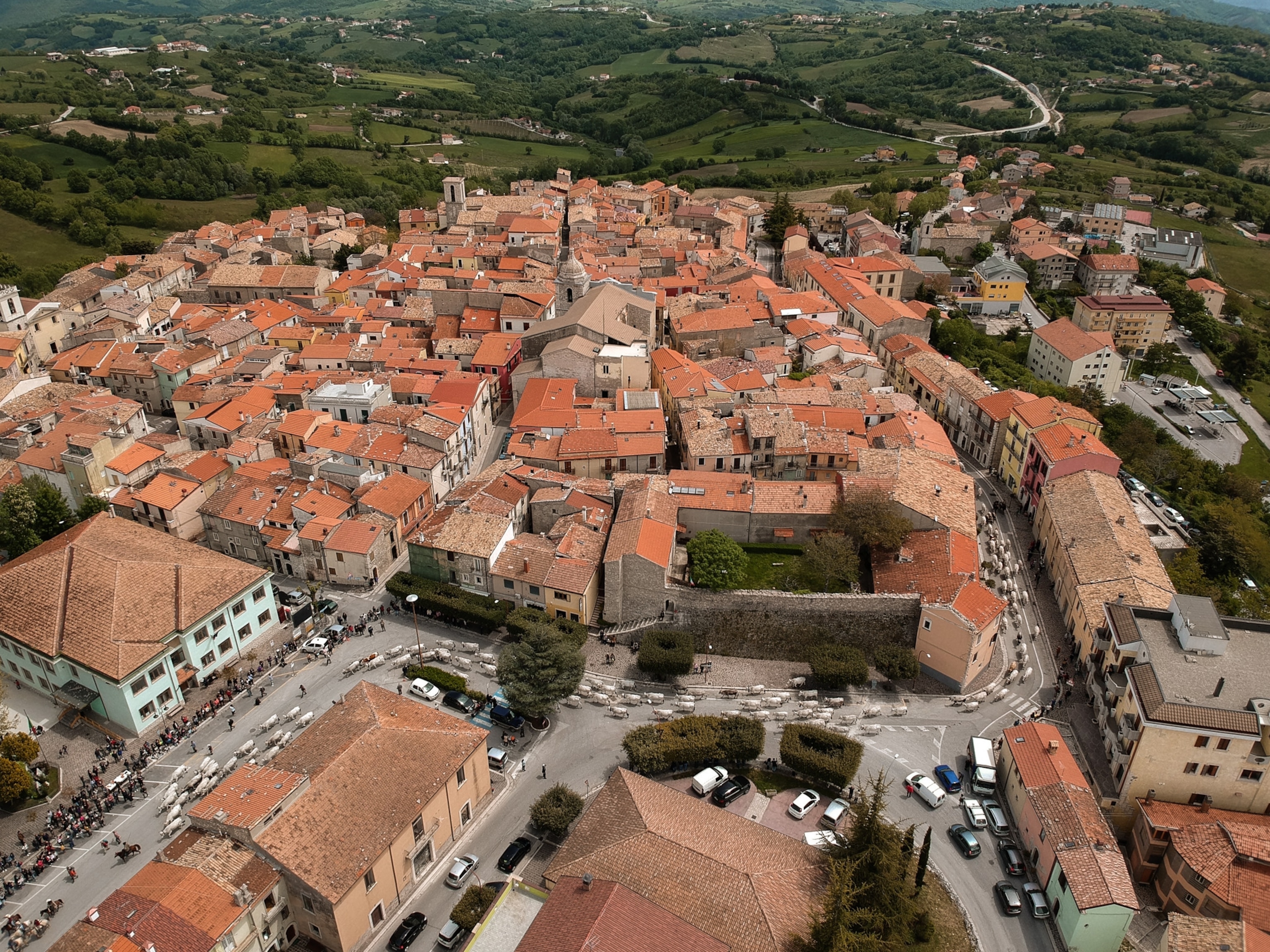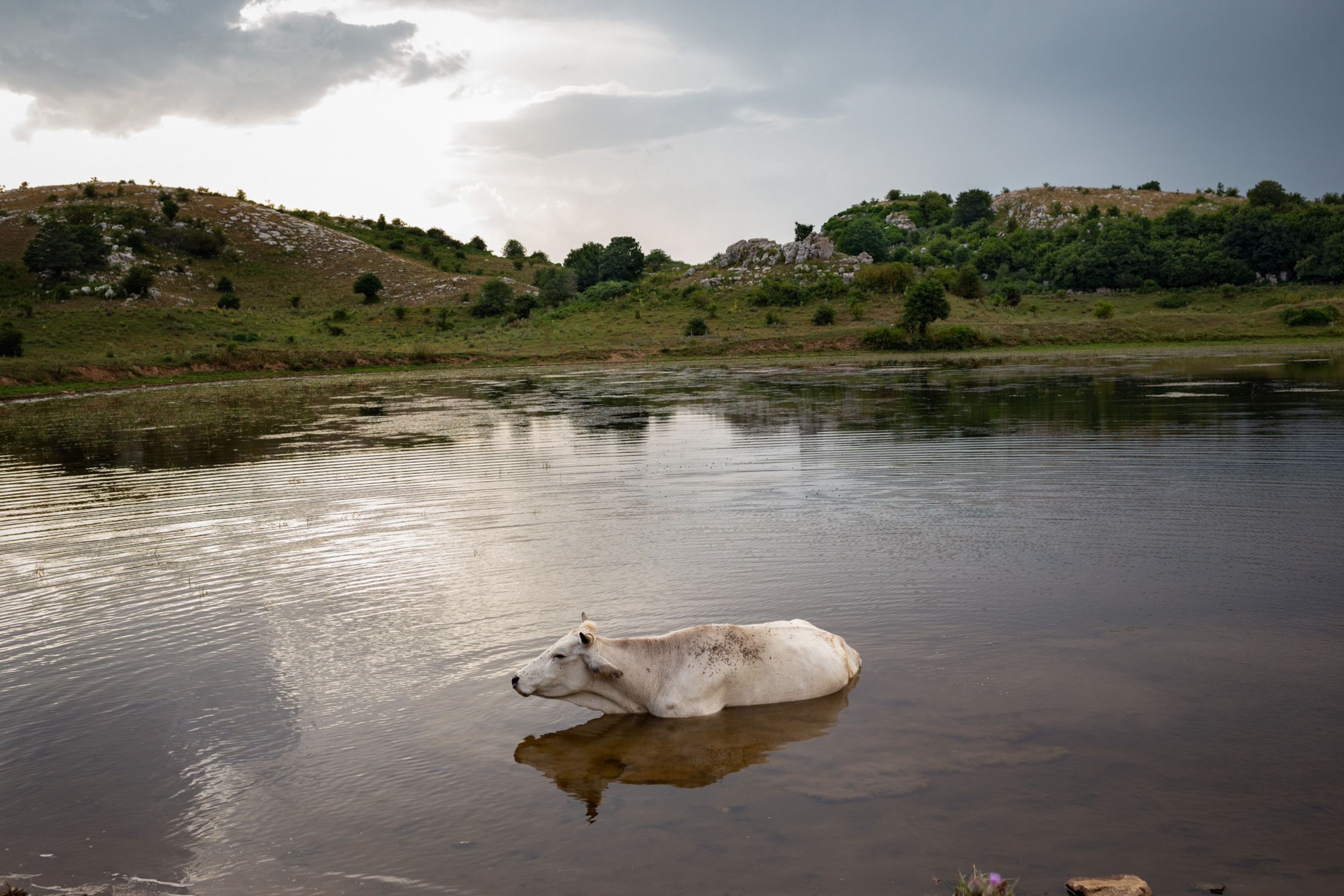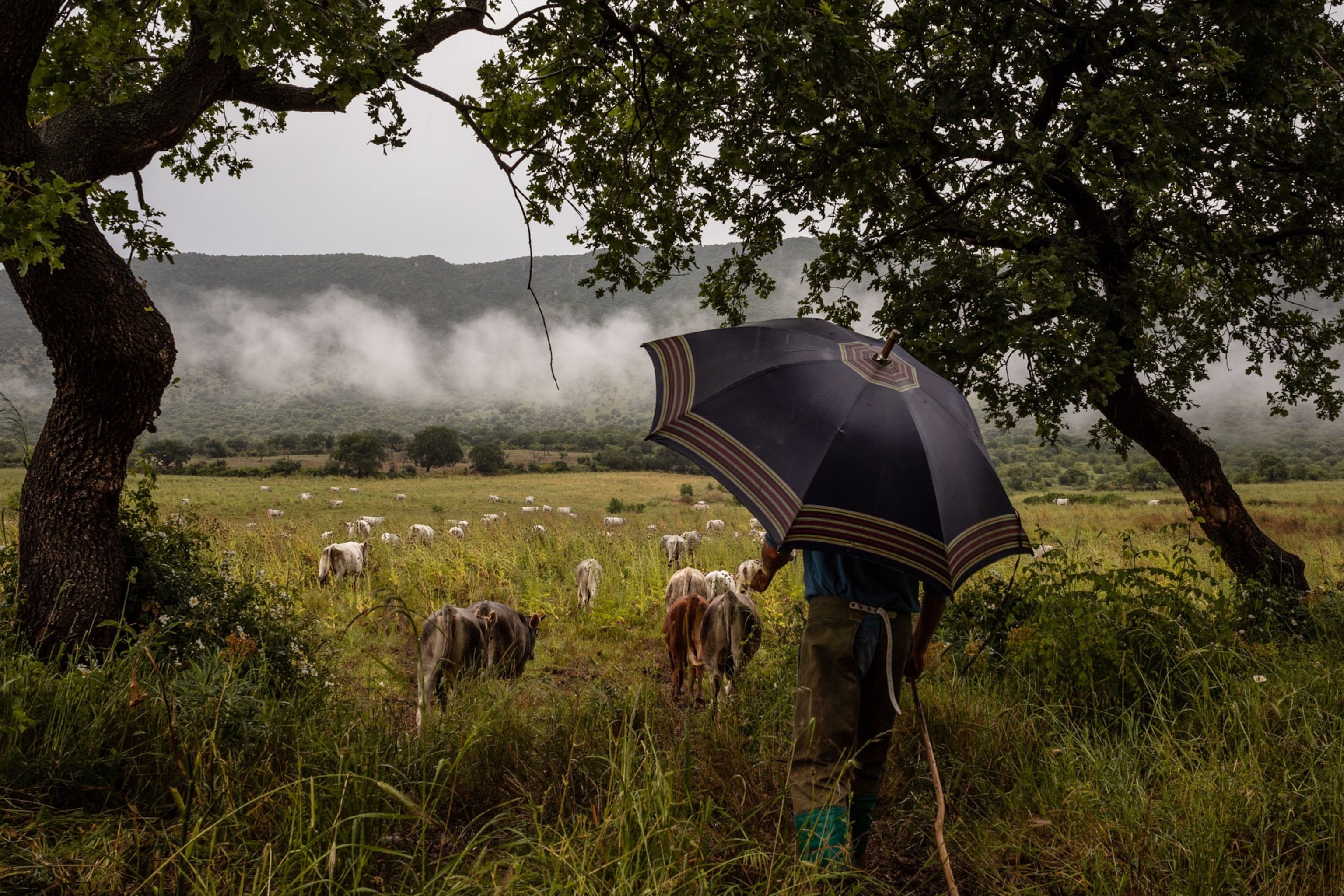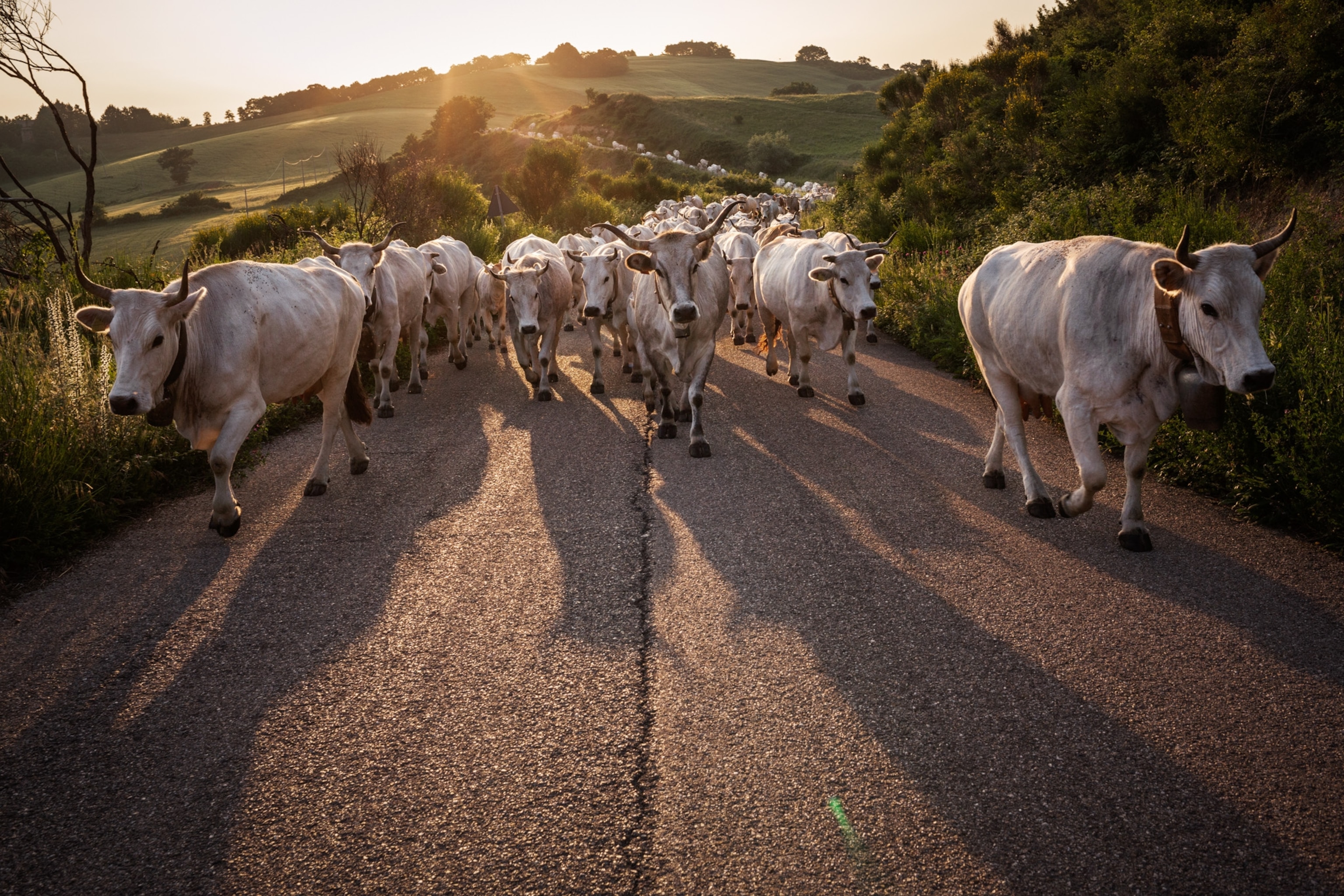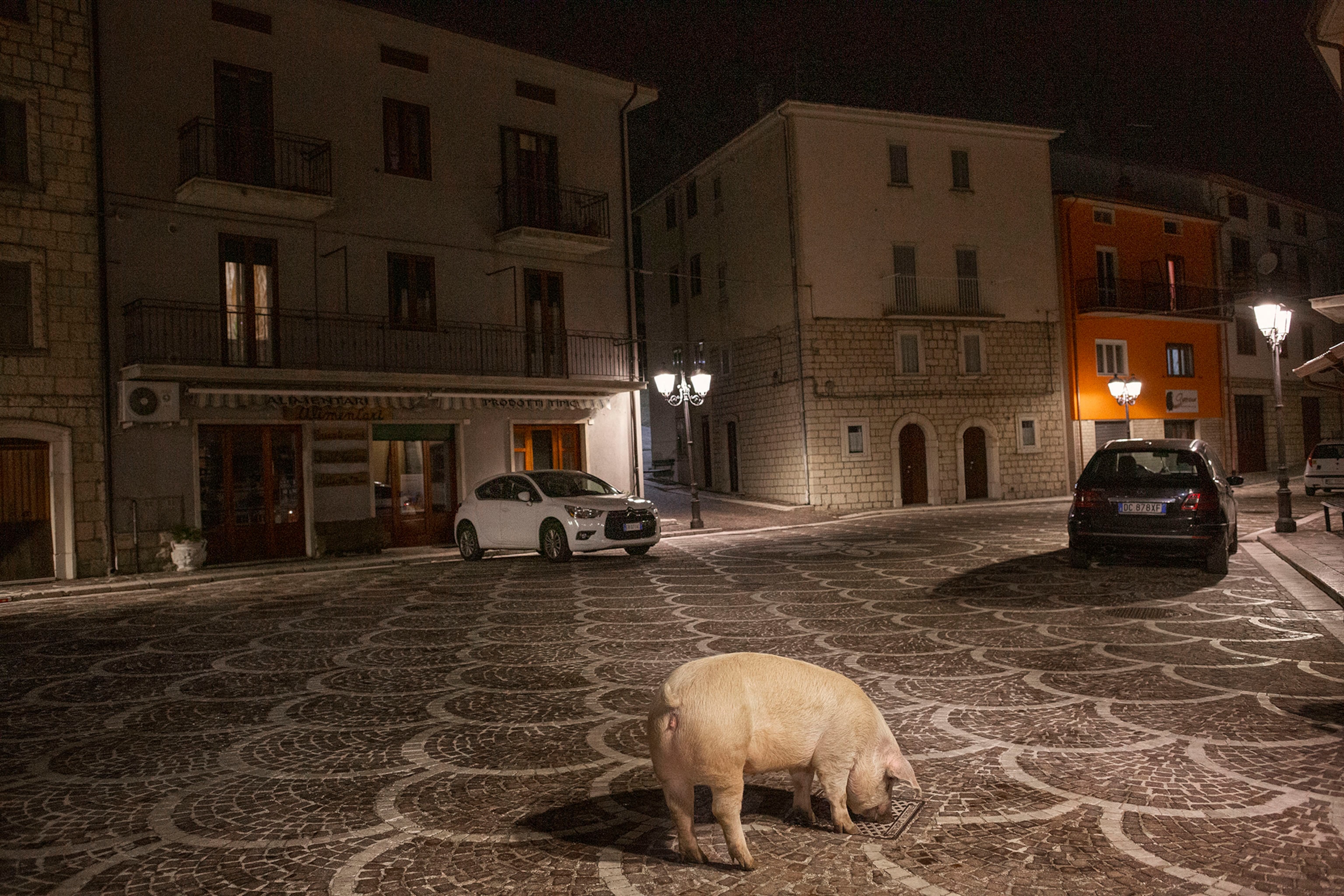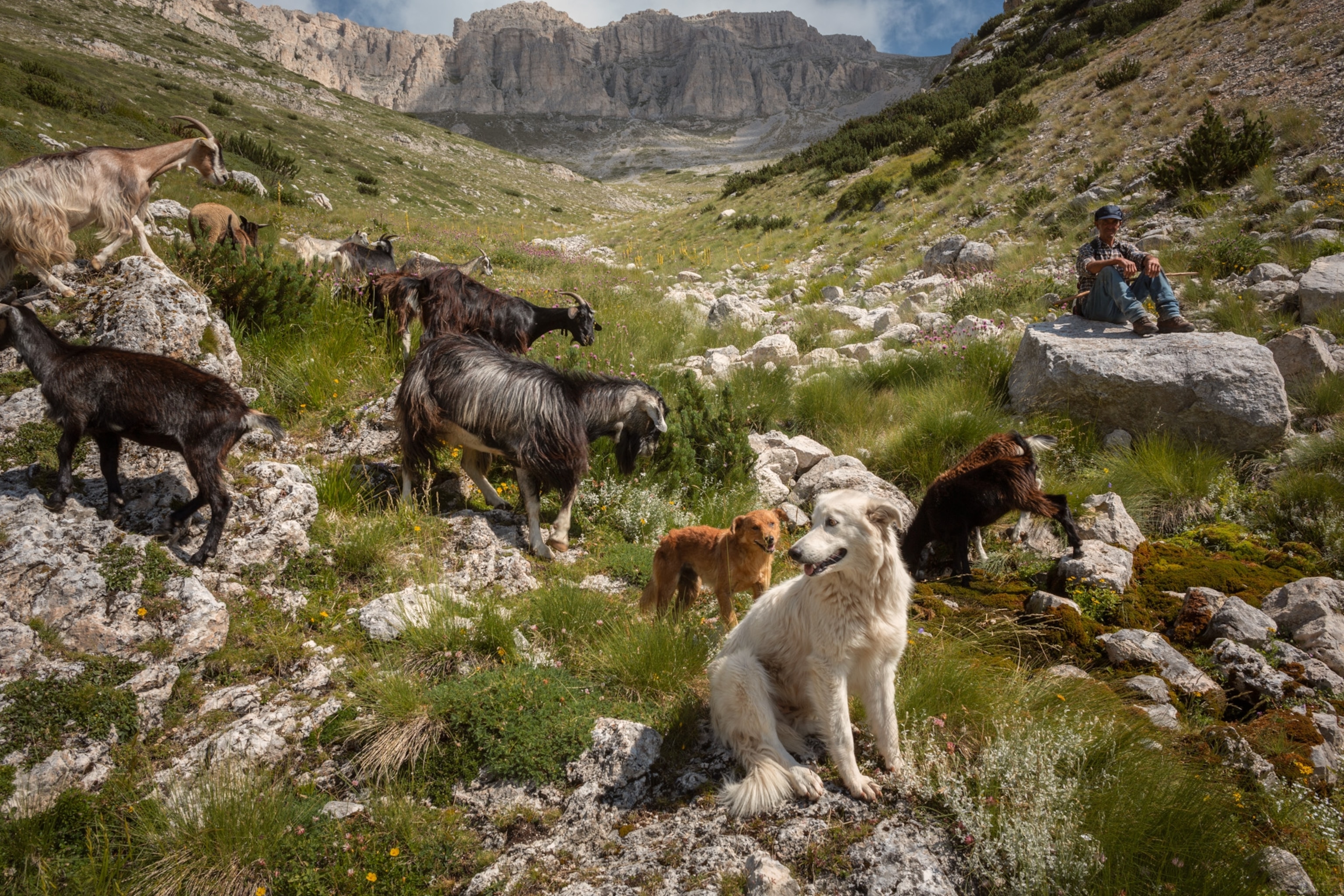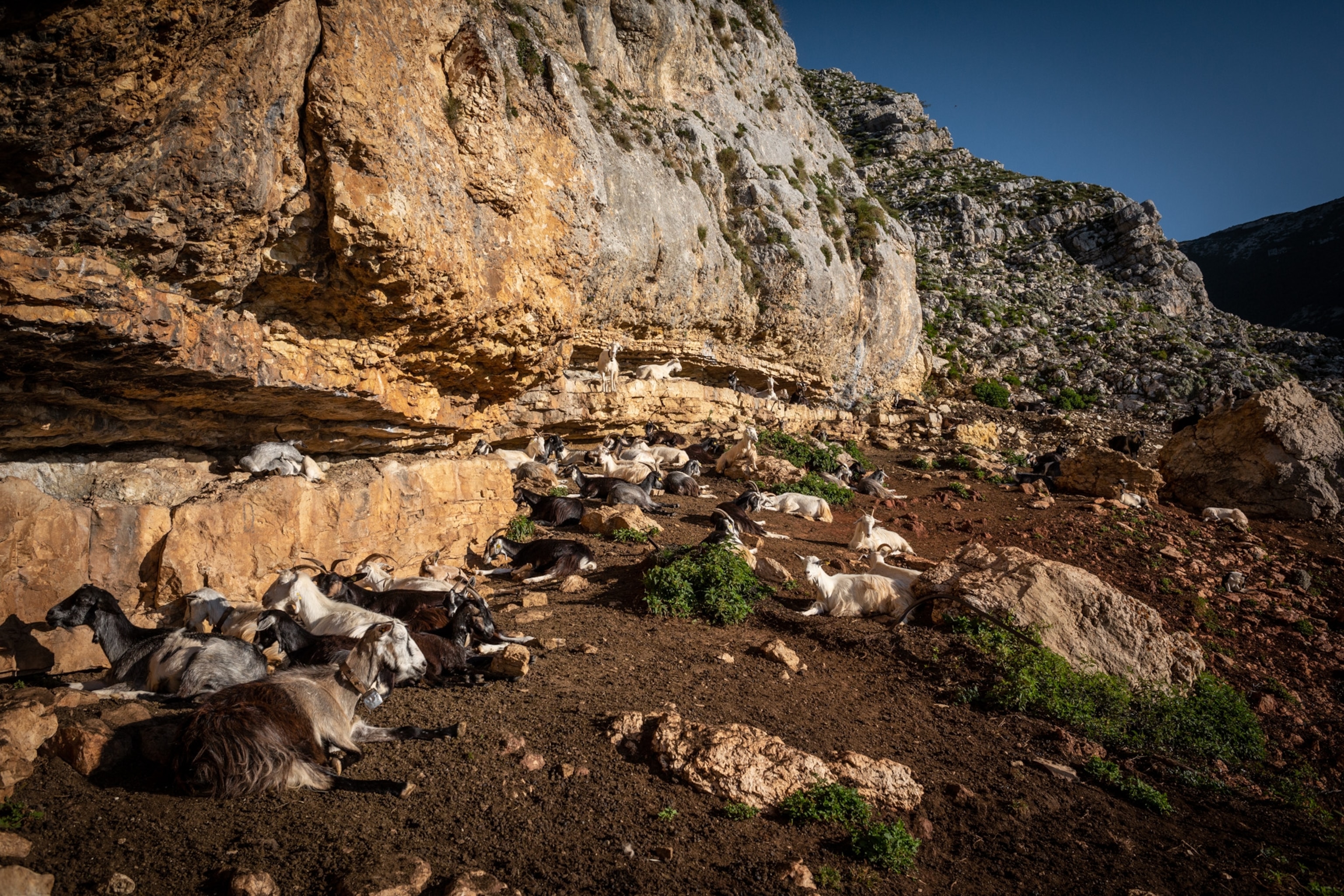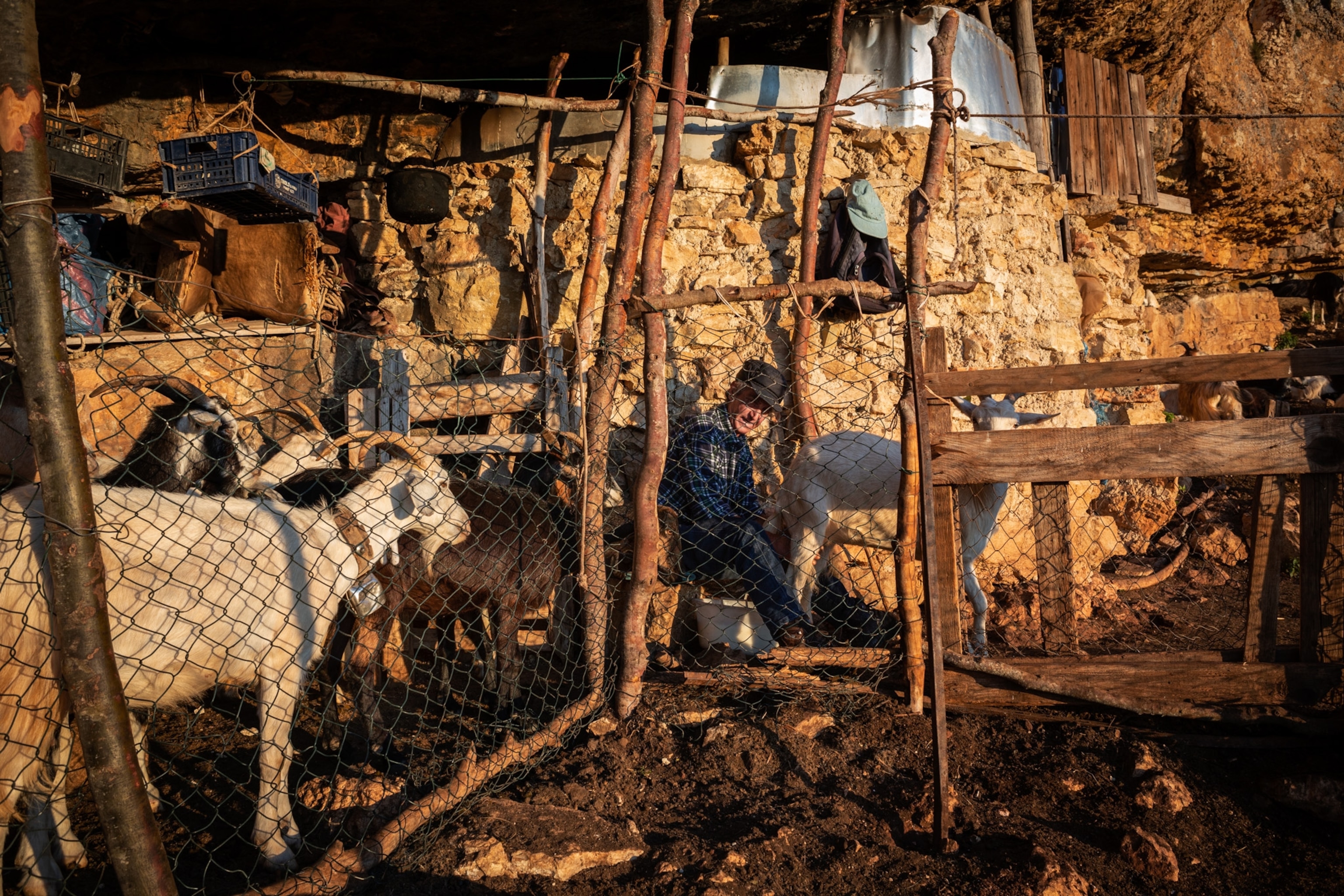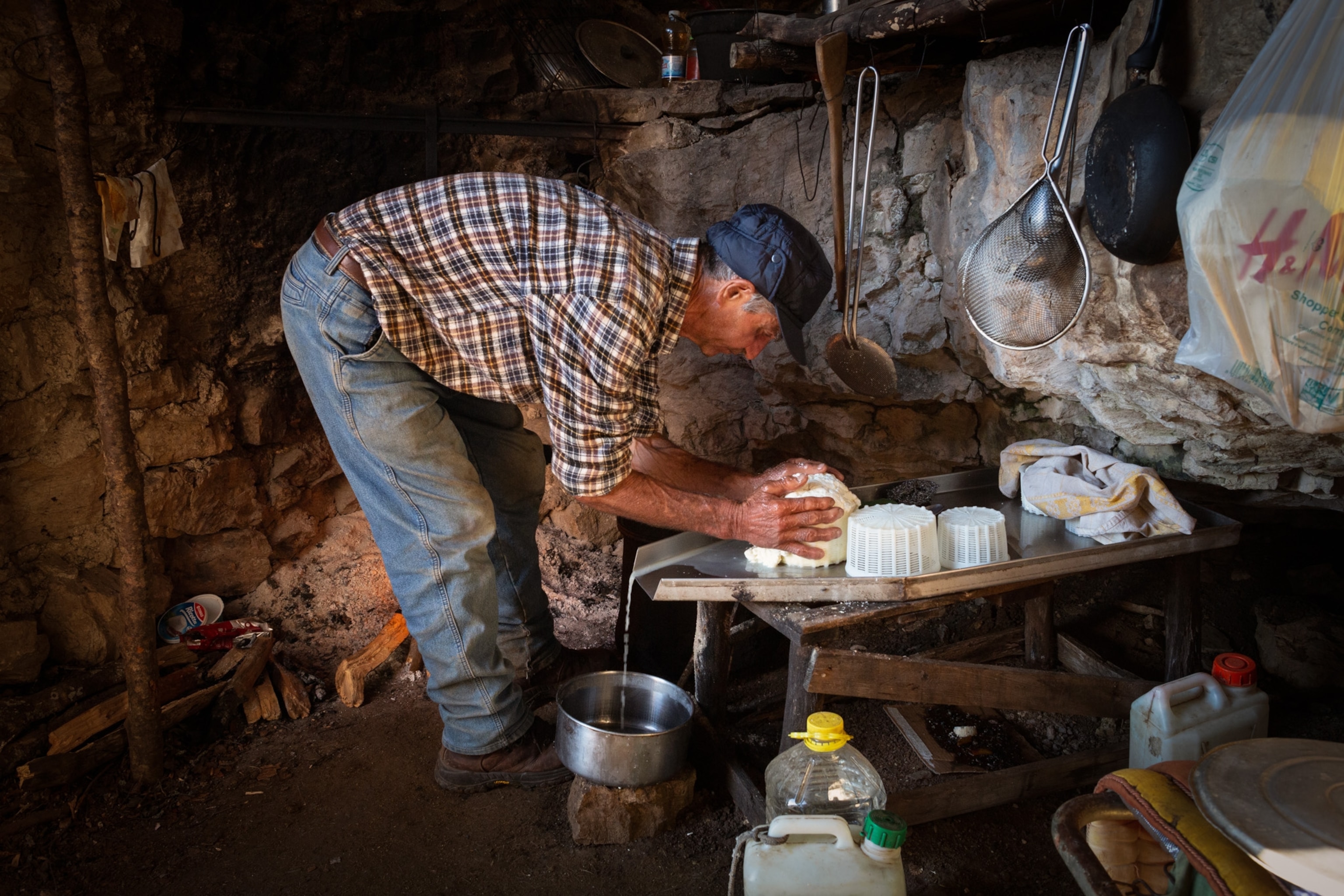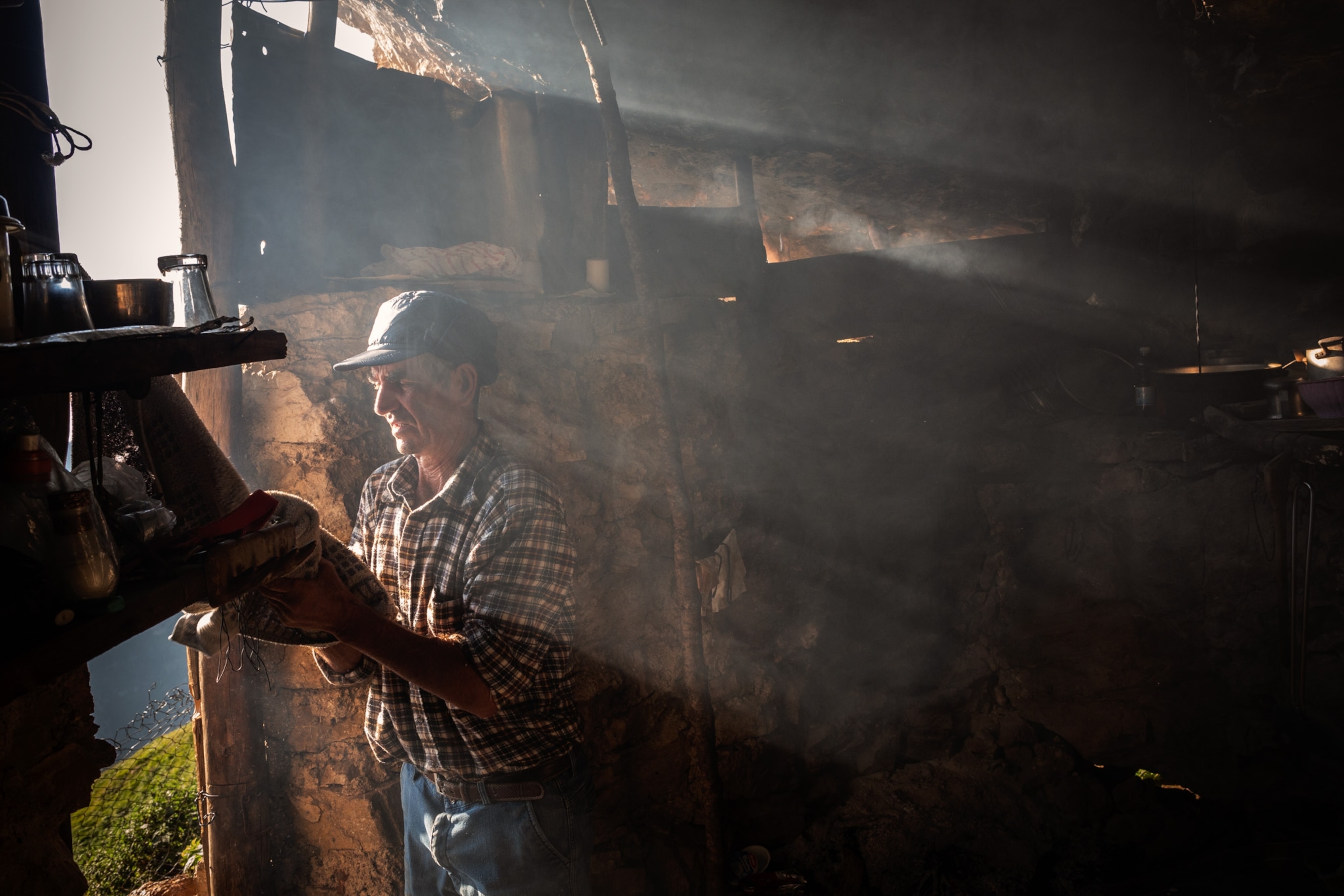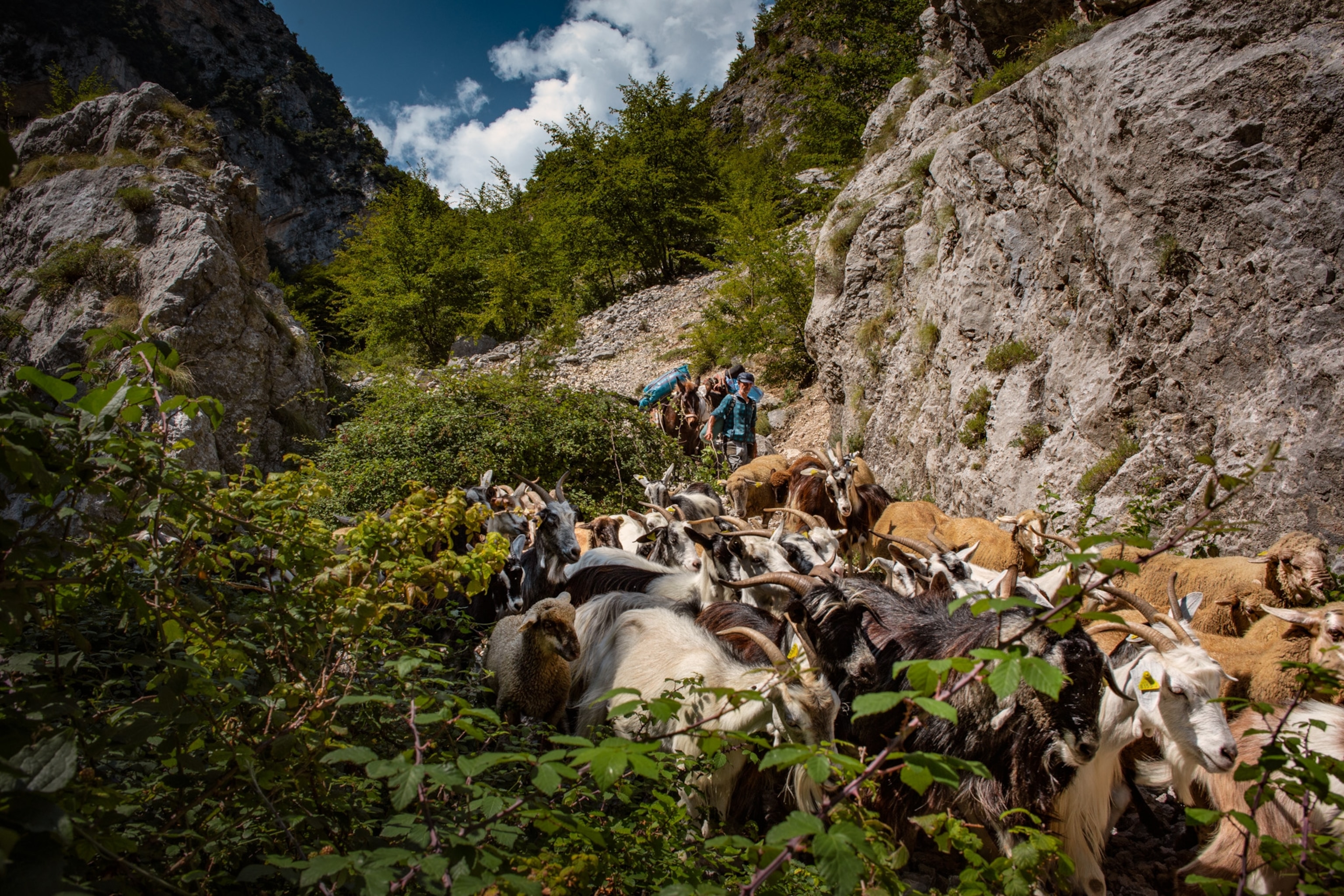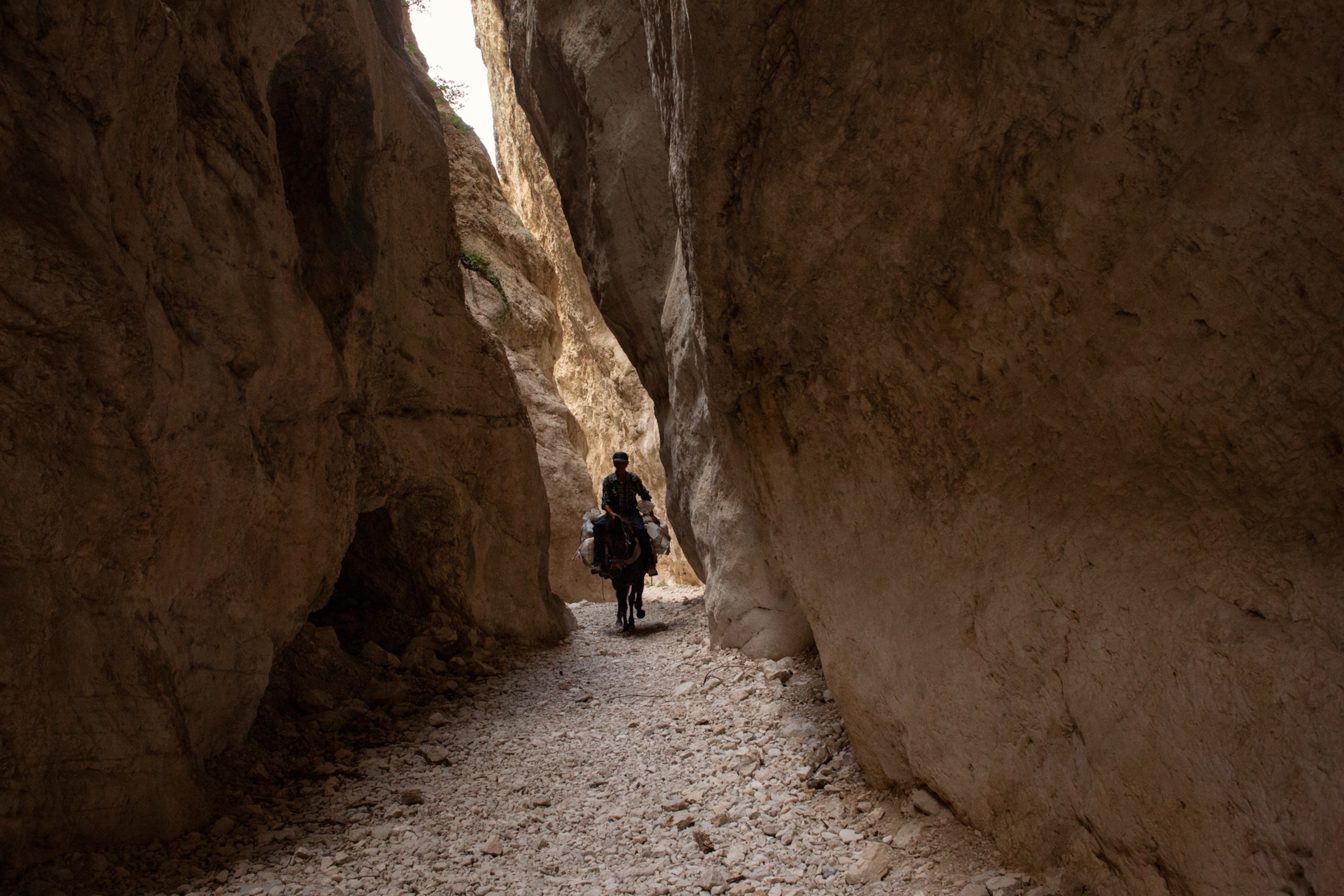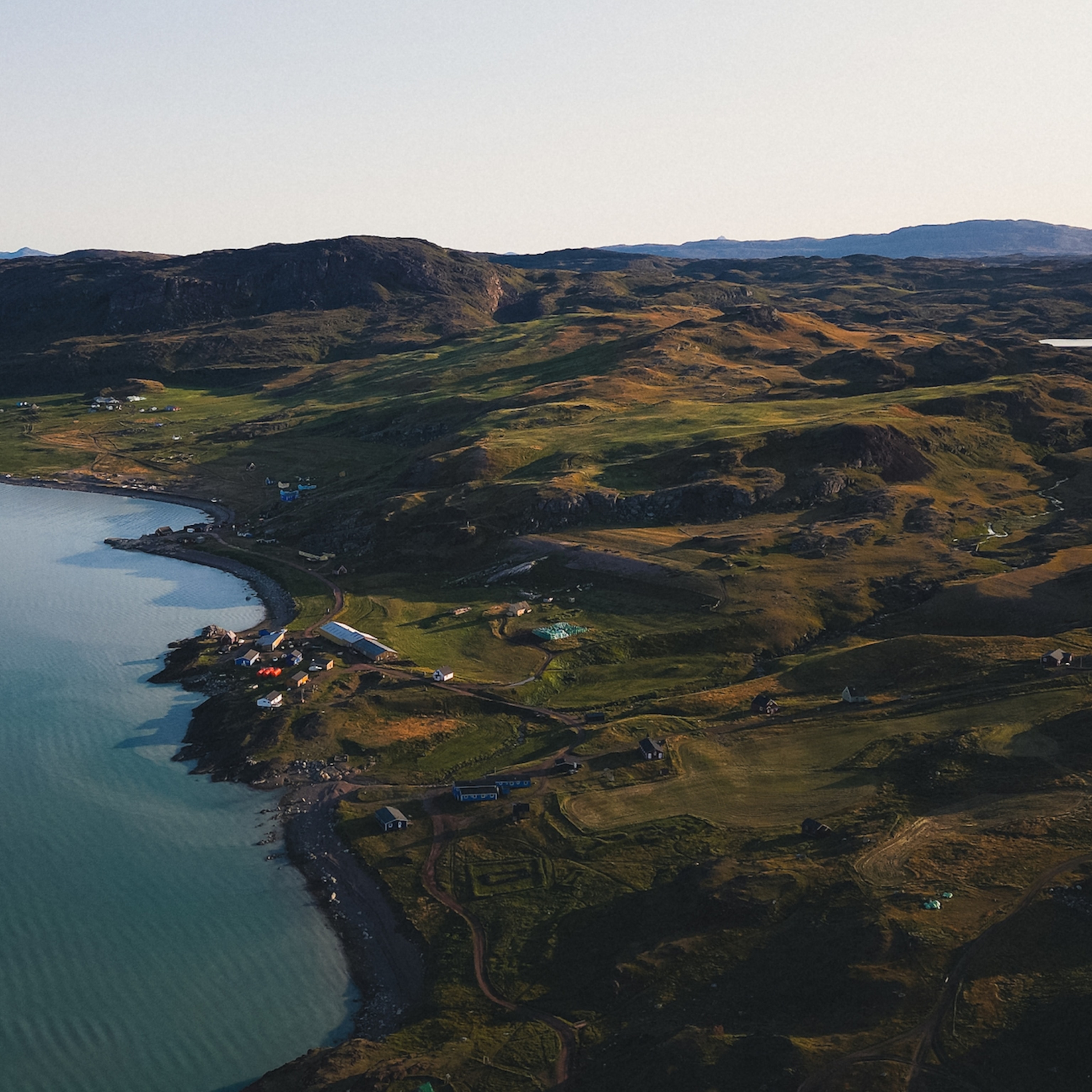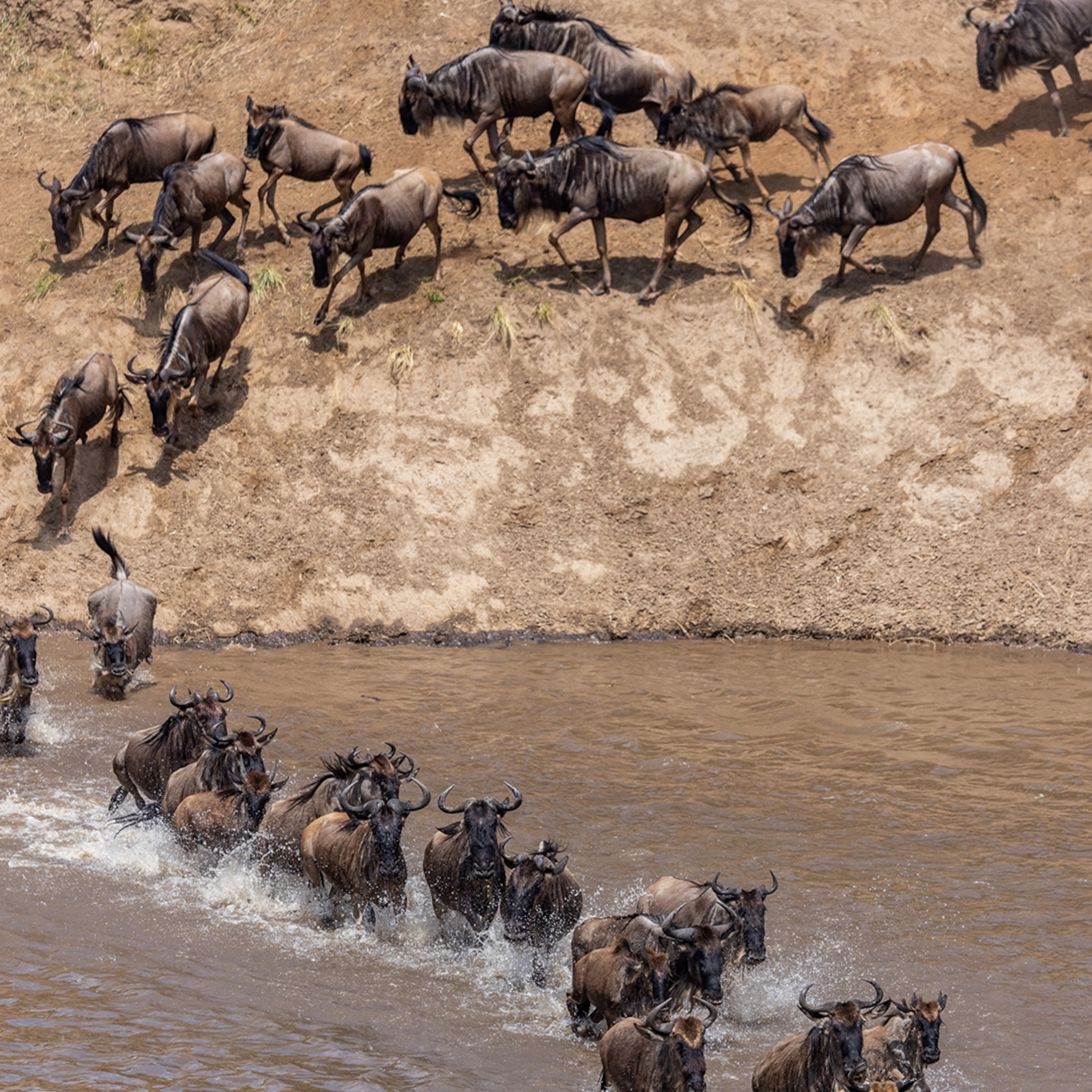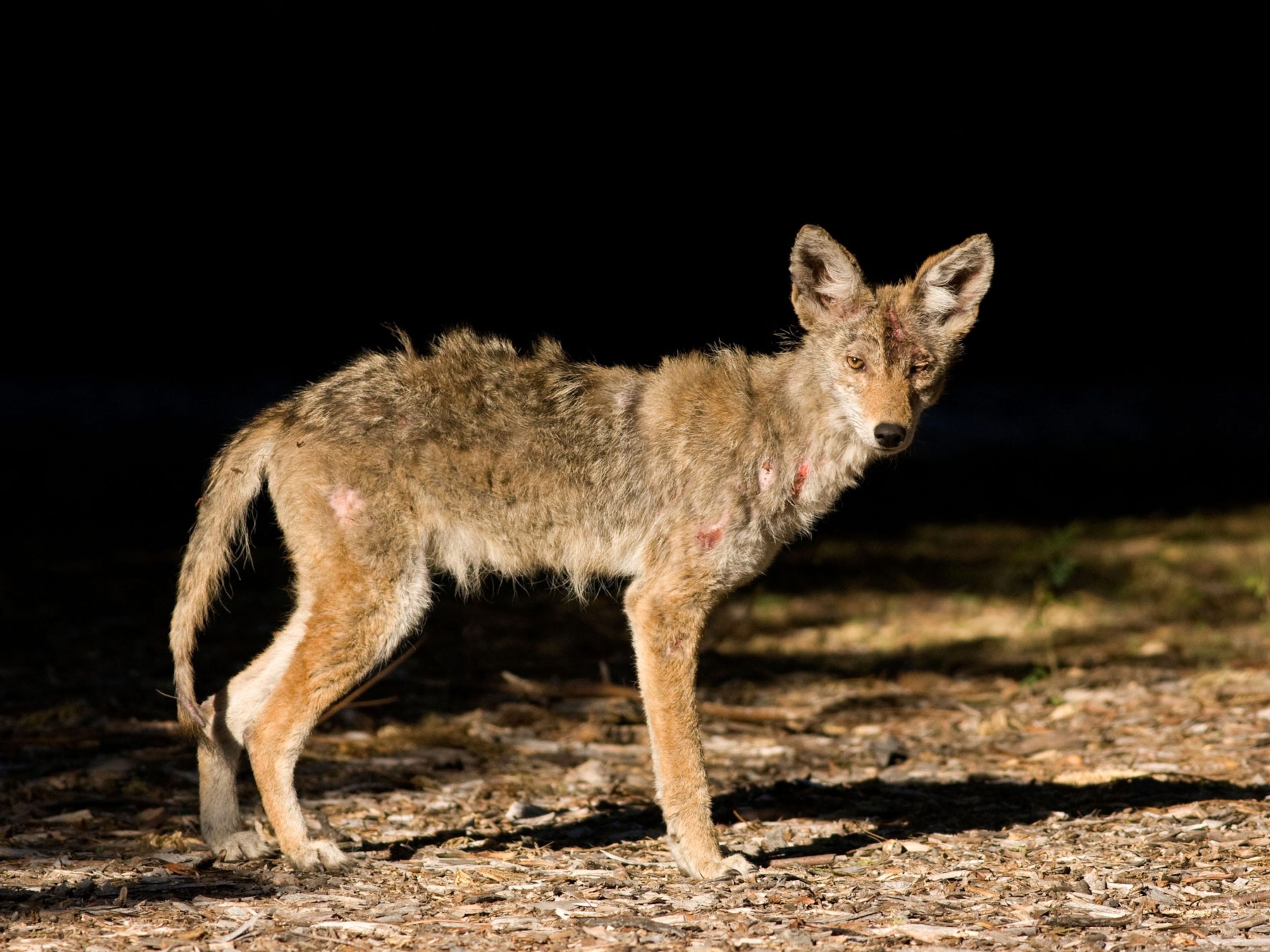Each June, Nunzio Marcelli gathers his flock of 1,300 sheep and leaves his home near the medieval village of Anversa degli Abruzzi in the Apennine Mountains of central Italy. Walking some 30 miles over three days, 65-year-old Marcelli, his shepherds, and a few guests curious about this region’s traditional way of life herd the animals to an alpine meadow high above the Marcelli farm.
The route from the farm to the animals’ summer pasture follows a tratturo, the Italian word for the paths carved into this land by more than 2,300 years of such migrations. After clattering through Anversa’s cobblestone streets, the sheep and their herders scramble upward. They switchback through seas of wildflowers, old-growth beech and pine forests, and crumbling stone villages—including the ethereal hamlet of Castrovalva, population 12, which clings to a craggy limestone crown jutting into the sky. On the afternoon of the third day, they crest onto a 6,561-foot-high plateau below the still snowcapped Monte Greco.
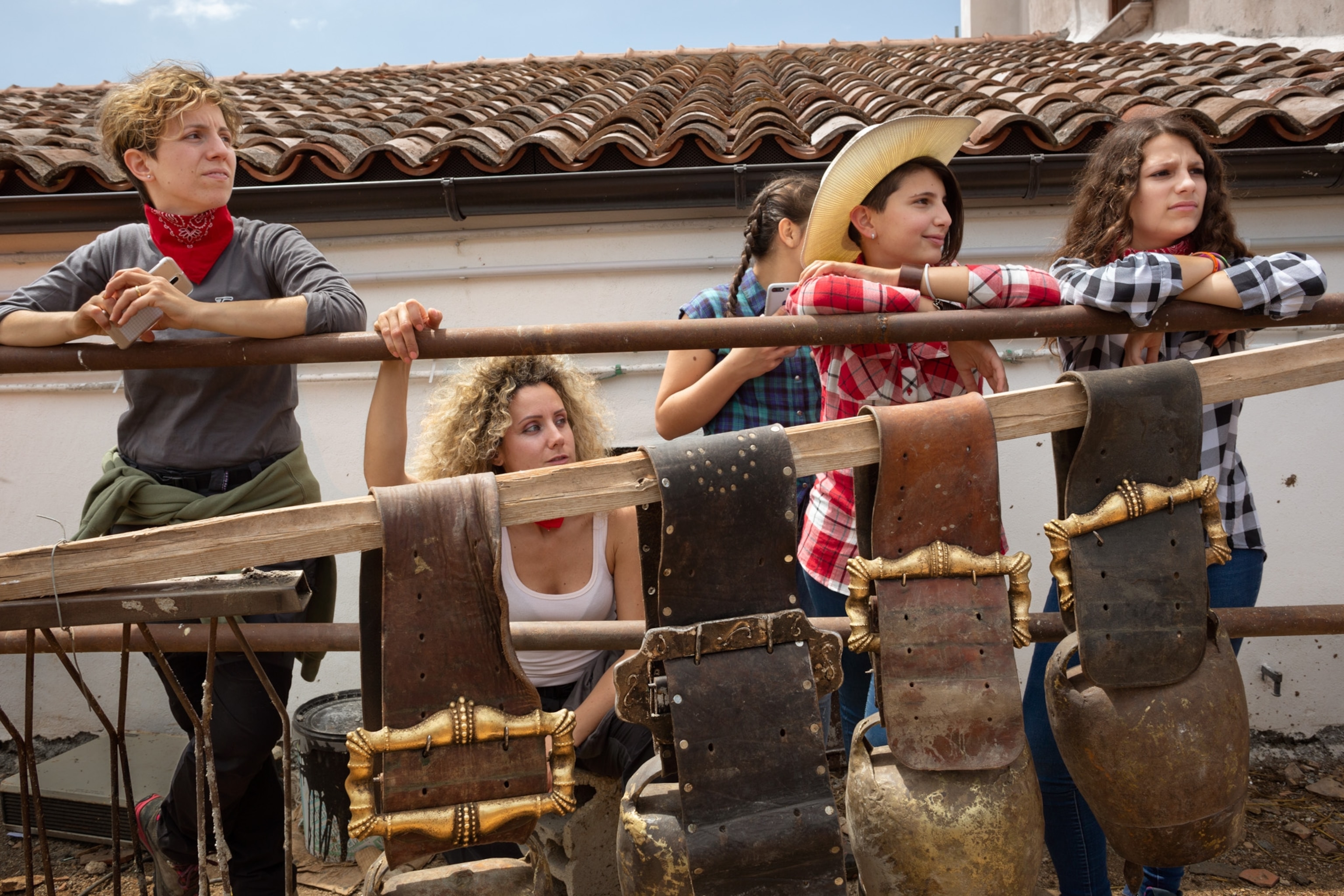
Although less than a hundred miles from Rome, the plateau feels like a forgotten world. Bumblebees browse wild oregano and thyme. Golden eagles and falcons wing through the bright blue Apennine sky. Hundreds of species of herbs, grasses, and wildflowers grow in dizzying profusion. Mobile phones don’t work here. This is the kind of place you’d never want to leave.
But Marcelli has work to do back on the farm, which he also runs as an agriturismo, with farmstead rooms open to travelers. So, after a celebratory lunch consisting of traditional Abruzzese fare such as lamb stew or pancotto, a bread-and-vegetable soup, everyone returns by van to Anversa.
Everyone, that is, but the sheep that will remain here—on public land Marcelli leases from the district of Scanno near the border of the National Park of Abruzzo, Lazio and Molise—through summer and early fall, feasting on the meadows’ lush forage. The shepherds stay too, with their Abruzzese mastiff guard dogs, to watch over and protect the flock from wolves, bears, and other predators.
Come November, Marcelli and his shepherds, and sometimes a few of the agriturismo’s guests willing to brave the late autumn cold, reverse the journey to bring the livestock home. Every year the pattern endures.
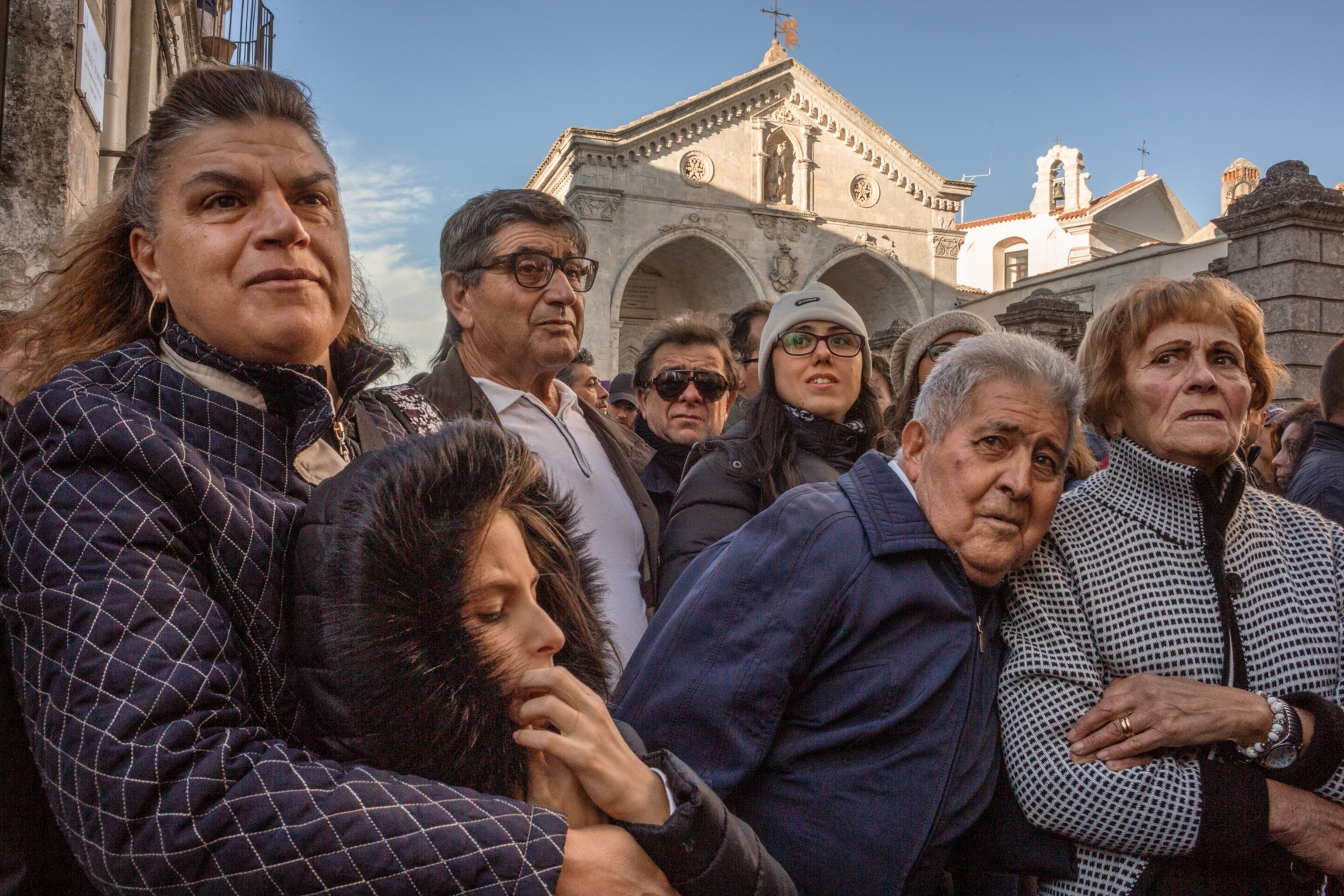
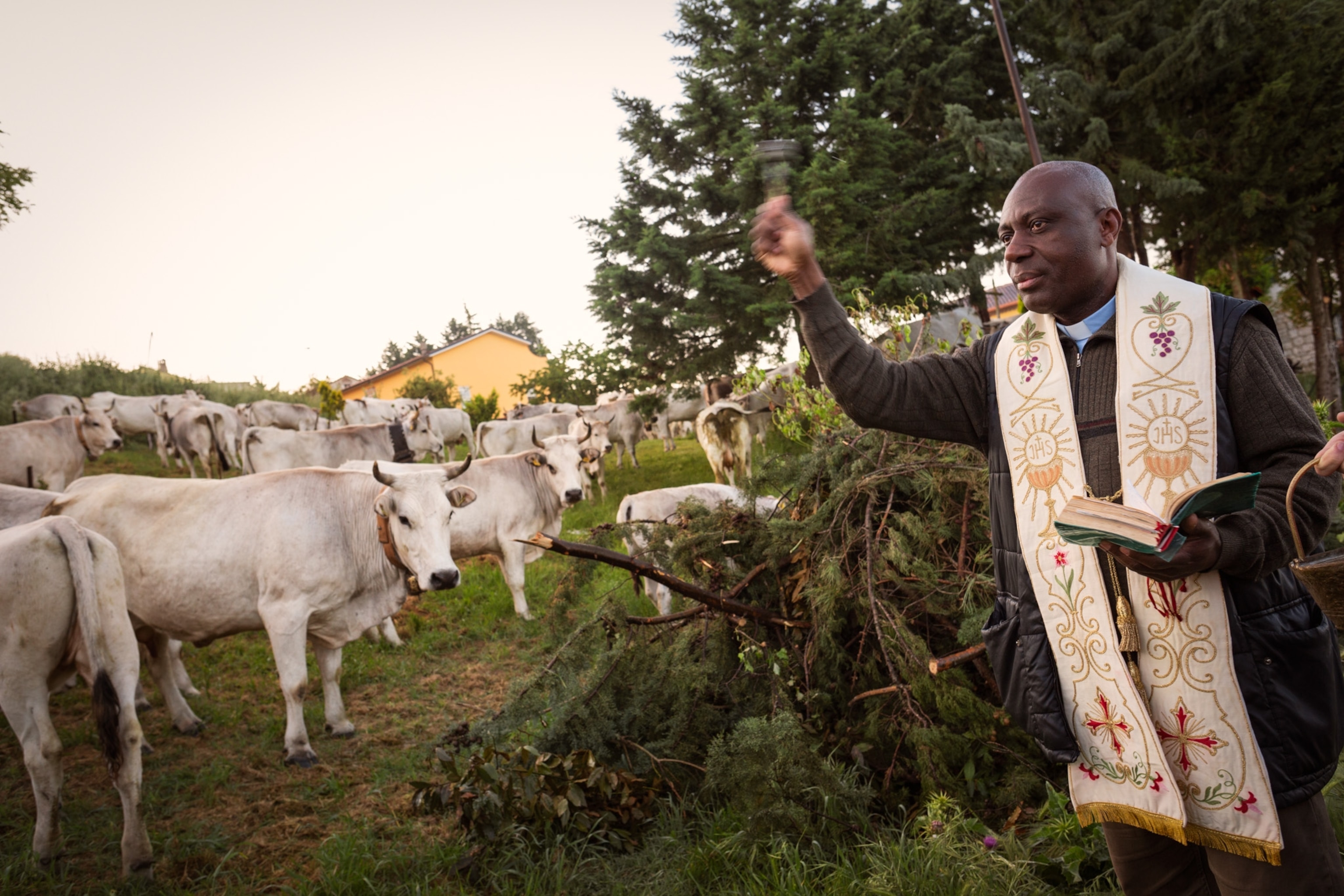
This twice-yearly migration has a name—and, as of December 11, 2019, recognition from UNESCO as a vital element of human culture. Called transhumance, from the Latin trans for “across” and humus for “earth,” the seasonal movement of people and their livestock to and from summer and winter grazing grounds has been practiced for thousands of years by pastoral cultures on every inhabited continent.
This wholly utilitarian and pragmatic task driven by necessity is now inscribed on UNESCO’s List of Intangible Cultural Heritage of Humanity, along with Byzantine chant, the reggae music of Jamaica, and Argentine tango. When representatives from Italy, Greece, and Austria submitted a bid in March 2018, requesting that transhumance be added to the UNESCO list, they cited it as “more than just a profession for its practitioners, but a way of life.”
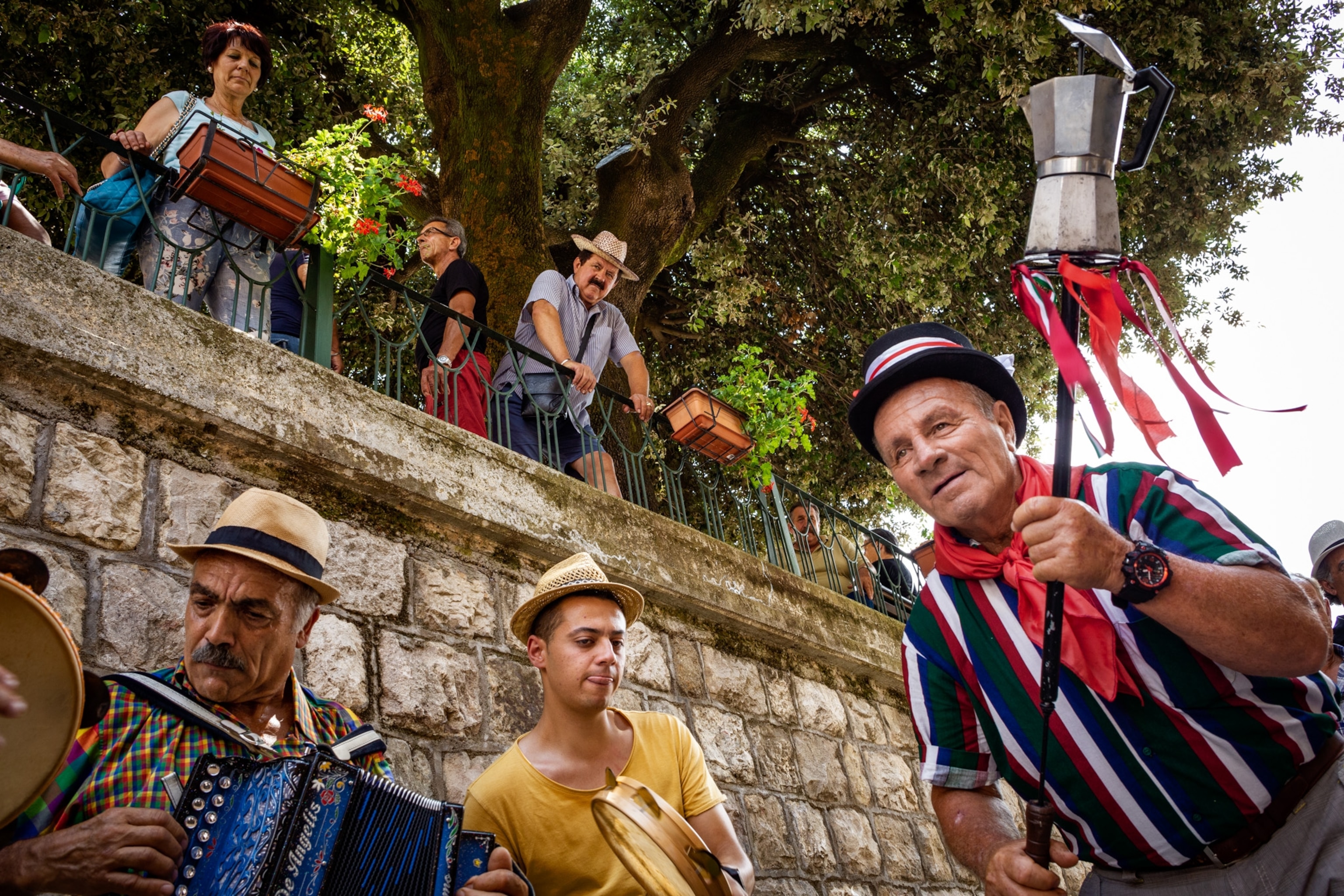
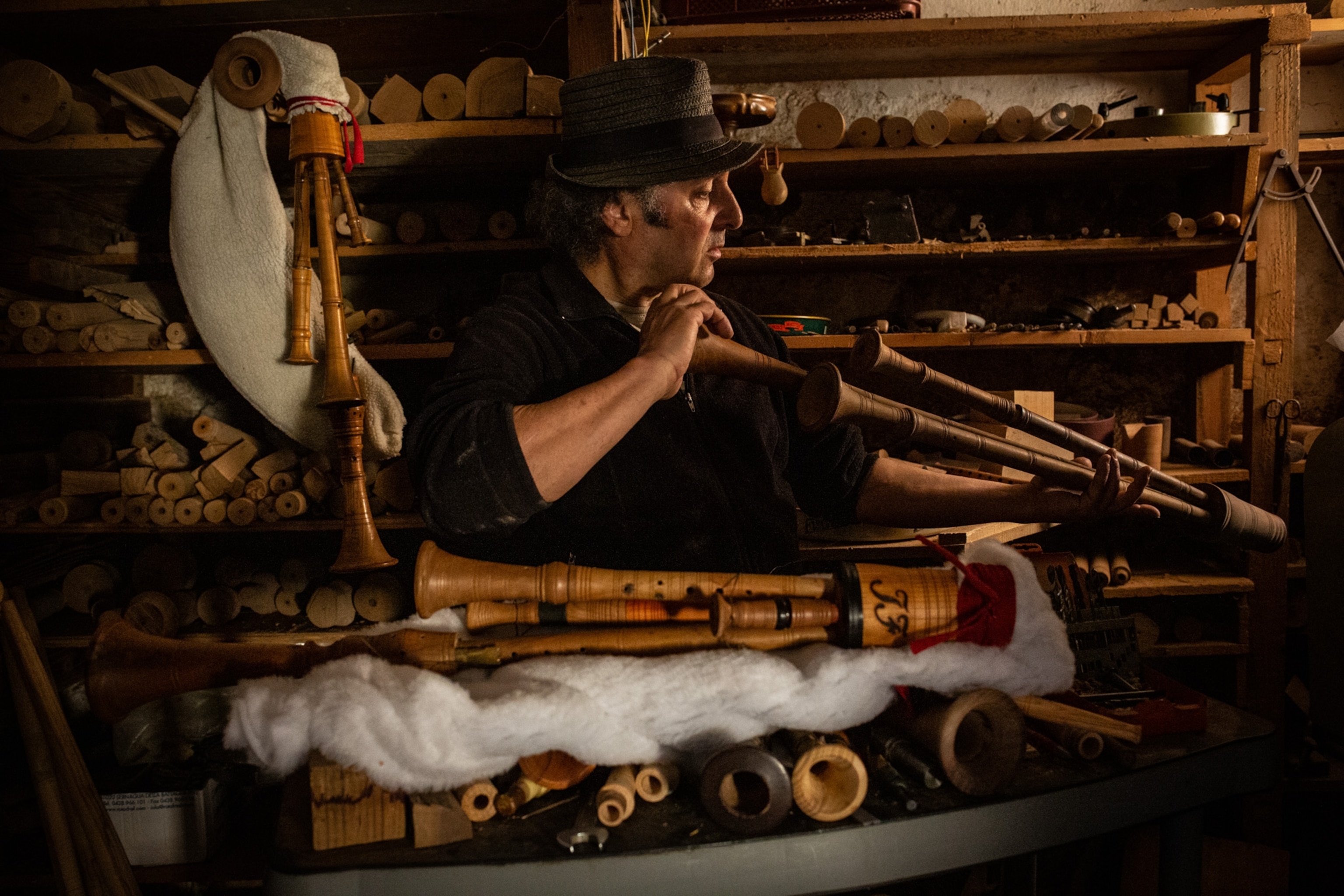
Sheep and goats were the first animals that humans domesticated as livestock, around 10,000 years ago. Evidence of seasonal herding reaches back nearly as far. The Hulailan Valley of the central Zagros Mountains in Iran was first settled by transhumant herders around 7050 B.C., according to radiocarbon dating from a 1963 excavation. Another excavation, in the Aude Valley of southern France, revealed evidence of the movement of goats and sheep beginning in that region in about 4500 B.C.
Transhumance takes place between upper and lower altitudes—and between upper and lower latitudes—and involves all manner of livestock. On the Tigray Highlands of Ethiopia, herders move cattle, sheep, and goats. In Bhutan and Nepal, the practice includes yaks, water buffalo, and cattle. Pig transhumance has been a feature of Bosnian pastoral life.
Some ranchers in the American West still practice transhumance. One livestock corridor, the Green River Drift in Wyoming, has been used for more than a century and is on the National Register of Historic Places. Each spring, cowboys trail herds of cattle along the “drift” from desert grazing allotments in western Wyoming to summer pasture high in the Bridger-Teton National Forest. The nearly 60-mile journey takes three weeks to complete.
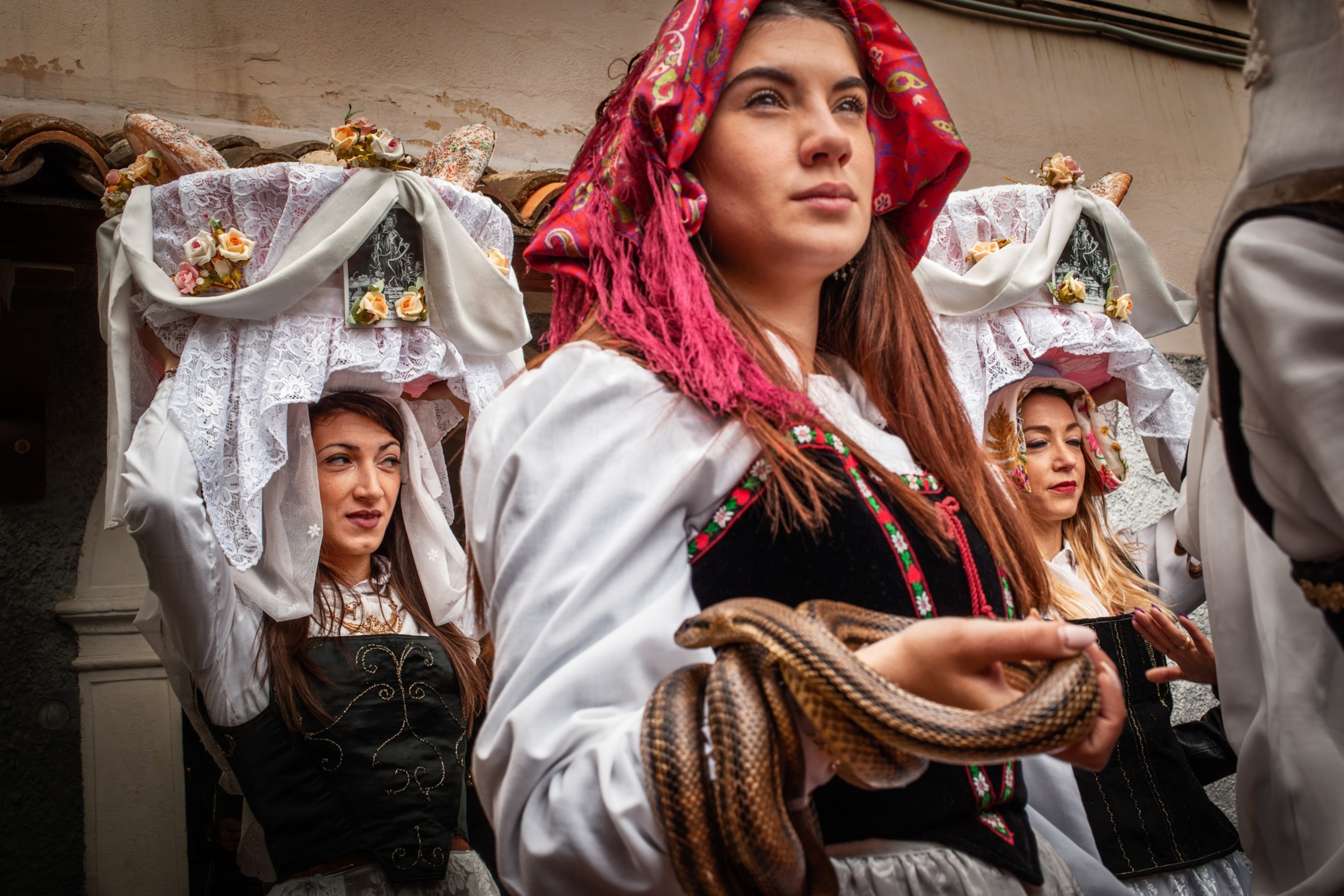
In southern Greece, where my family and I have lived off and on since the mid-1970s, the twice-yearly flow of people and their animals was so ingrained in the way of life that, until the late 1990s, it carried a priest and a schoolteacher with it.
Once, friends and I followed one of our region’s transhumance pathways (monopatia in Greek) from the seaside village of Kyparíssi to an isolated summer settlement in the mountains. We arrived in Babala after a steep, four-hour hike. Stone kalivia—primitive summer cottages used by shepherds—were scattered across a rocky meadow crisscrossed by drystone walls that once enclosed vineyards and gardens. For centuries Babala was the summer home for dozens of Kyparíssi herding families. Today just one family makes the transhumance.
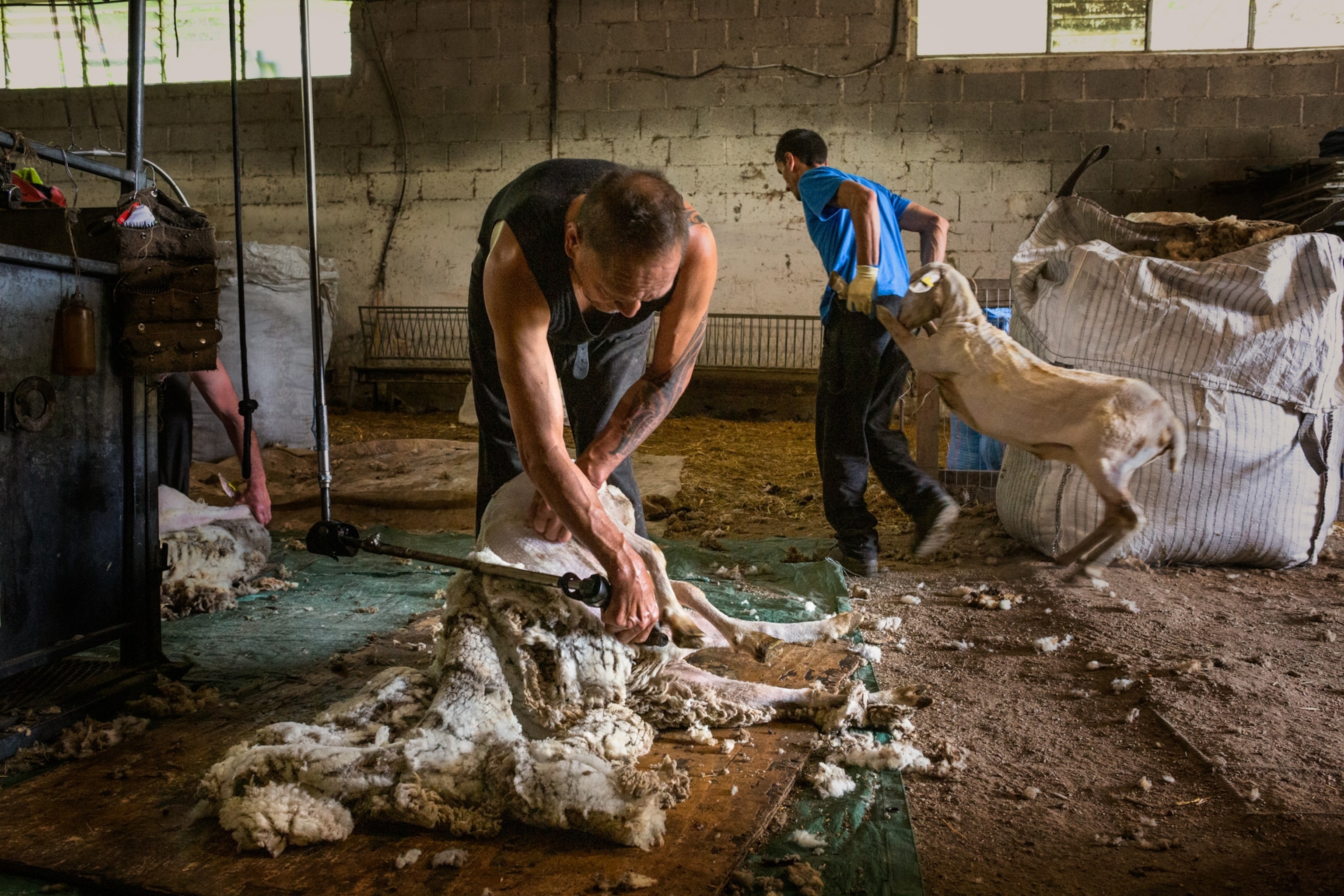
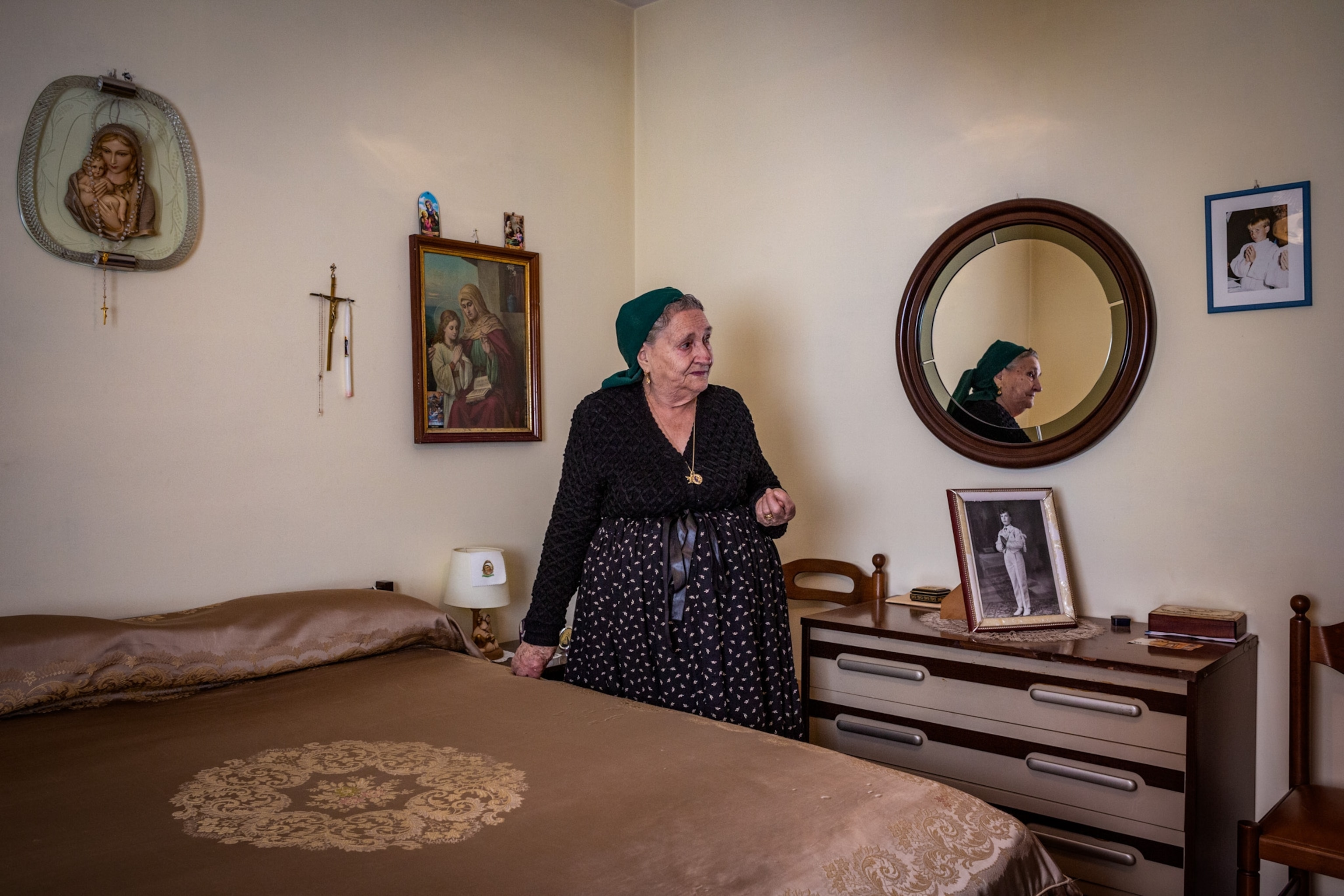
We were there because we had heard that they also made touloumotiri—cheese that is traditionally aged in the cleaned and heavily salted skin of a goat. For two years I had been searching for authentic touloumotiri (most cheesemakers now age it in barrels), and I finally found it there, in Babala, at the homestead of Dimitris and Yianoula Hiotis.
Dimitris told us about the blue mold that forms between the cheese and the skin, which he kneads into the cheese. Yianoula scooped out a chunk and placed it on a communal plate. Hunks of wood-toasted bread in hand, we dug in. The cheese was deliciously pungent and peppery—it was the touloumotiri of my childhood, the touloumotiri of transhumance.
In many places around the world, cheesemaking is central to transhumance. In Nepal, herders use yak’s milk to produce a traditional cheese called chhurpi, as well as butter and ghee. Western Macedonia’s sarplaninski ovci kashkaval is produced only in the summer and only when the sheep are grazing at altitudes of 3,280 and 4,920 feet (1,000 and 1,500 meters). Spain’s Idiazabal cheese originally was made by shepherds in the Basque and Navarra regions, its smoky flavor a result of being aged near the fireplace in the shepherds’ rustic stone huts.
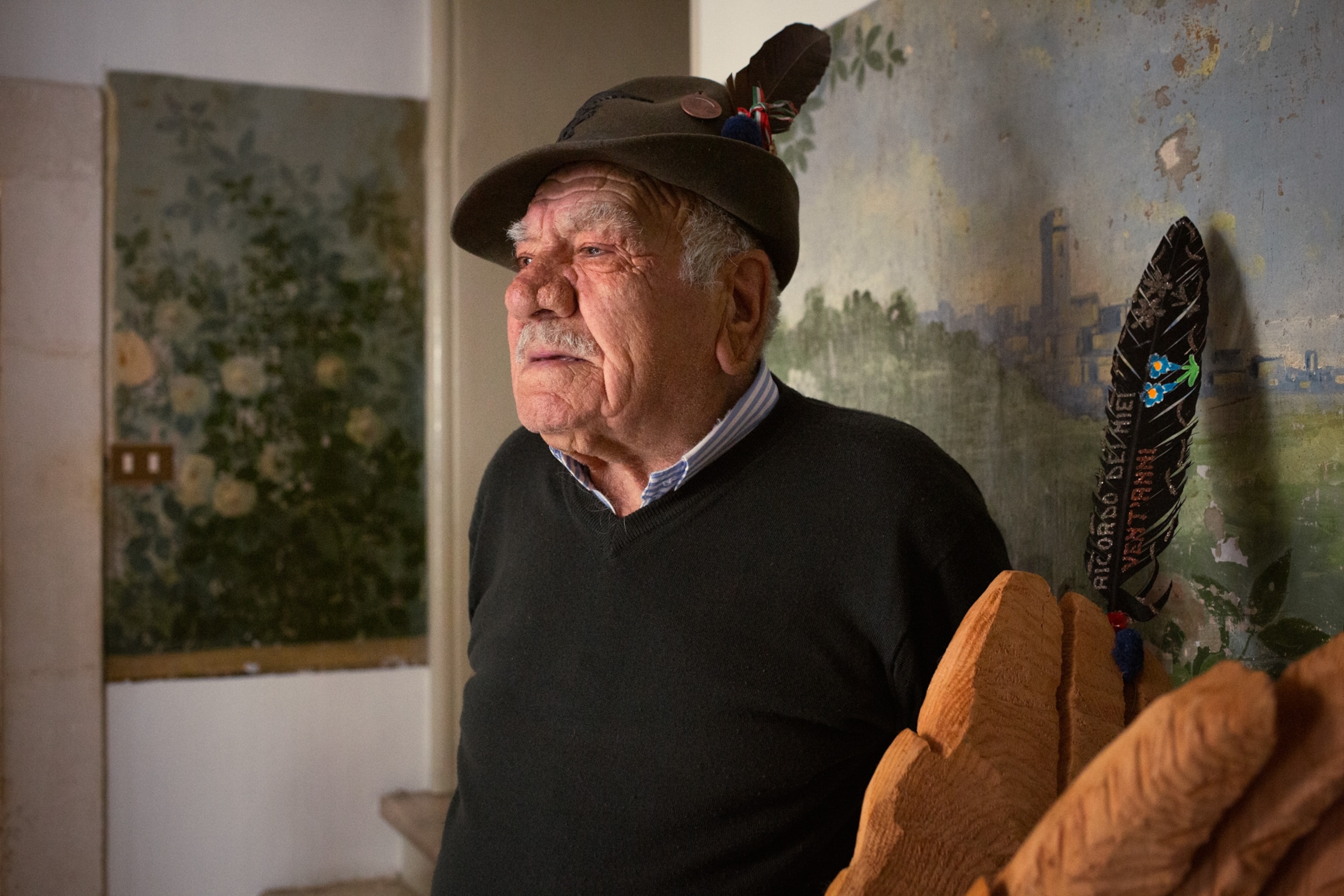
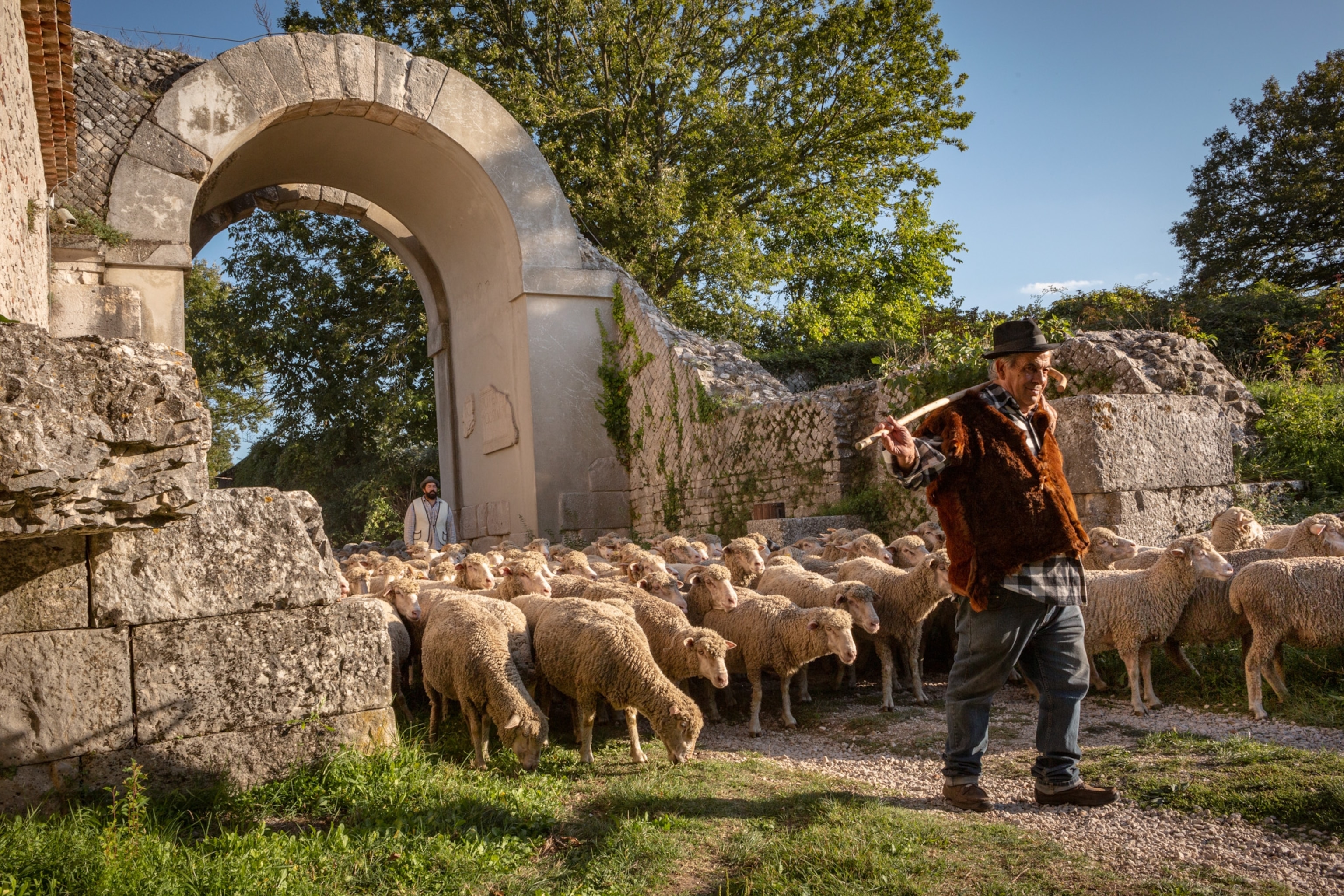
In all of these cases, the cheesemakers count on access for their animals to wild pasture because its diverse forage imparts specific flavors to the milk the animals produce, which in turn affects the flavors of the cheeses. In the Alps, this milk is called heumilch, German for “hay milk,” and contributes to the distinctive taste of Alpine cheeses such as sura kees, graukäse, and Alpenkönig.
About 75 miles southeast of the Marcelli family farm, fourth-generation cheesemaker and dairy farmer Carmelina Colantuono also practices transhumance, but on horseback, herding her family’s 300 mostly Podolica cows more than 100 miles to and from winter pasture. Colantuono’s award-winning caciocavallo cheese, fragrant with the wild grasses and herbs of Puglia and Molise, is served in restaurants from Rome to Manhattan.
Wherever it is practiced, transhumance has helped shape landscapes: Over millennia, shrines, churches, inns, and eventually villages materialized near the pathways. In Molise, the ancient town of Saepinum developed along one of Italy’s main tratturi. The town is said to have been named for the Latin verb saepire, meaning “to fence in”—after its many walled sheep pens. On one of the town gates, an inscription dating back to A.D. 168 forbids the townspeople from harming the shepherds passing through on the tratturo.

In Greece, monopatia were the only means of connection between otherwise isolated mountain and coastal communities; along their routes, trade and even romance bloomed. In Voskina, a shepherd village north of Babala, a cheesemaker friend told me the story of her marriage nearly 60 years ago to a young man from a seaside village a day’s walk from her family’s home. The marriage was arranged by her father, who walked the pathways to find a suitable match for her. This practice, she told me, was commonplace then.
We have transhumance to thank for yodeling and the alpenhorn, and countless folk songs, poems, feasts, and festivals, all of which flourished in the wake of the herders. In Madrid each October, during the Fiesta de la Trashumancia, about 2,000 sheep are herded through the heart of the Spanish capital. When the shepherds and their flocks reach the city center, they gather on the elegant Plaza de Cibeles with its neoclassical sculptures and fountains. There, the shepherds pay the mayor, who presides over the spectacle, 50 maravedís al millar—the fee imposed in the year 1418 per thousand (millar) head of sheep.
Research has shown that from Spain to the Tyrol to the boreal pastures of Norway, the pathways of transhumance support biodiversity by linking grasslands and forests, often in regions fragmented by development and intensive agricultural cultivation. They also provide migration corridors for wildlife, as well as habitat for animals and plants. Proponents of including transhumance on the UNESCO list also suggest that the practice is more sustainable than intensive livestock farming.
A study of the “traditional ecological knowledge” of transhumant shepherds in Spain posits that such knowledge—of flora, fauna, and natural phenomena resulting from a culture having direct contact with an environment for generations—helps those people adapt to environmental change and be effective stewards of the land.
When he was a child, Marcelli says, he was told, “If you don’t study, you’ll have to graze the sheep.” He embraced that notion. While he did study—economics and commerce at the Sapienza University of Rome—he wrote his dissertation on using sustainable methods of sheep breeding to stimulate rural Abruzzo’s economy.
In 1977, three years before completing his dissertation, he moved home and began raising sheep. Manuela Cozzi came with him, and together they started La Porta dei Parchi farm. Today Marcelli and Cozzi run the operation with their daughter, Viola, 34, and their son, Jacopo, 32. Driven by the same passion that inspired her parents, Viola, who studied painting and product design in Florence, is the farm’s head cheesemaker and the chef for their agriturismo’s restaurant, and she leads the regional sheep cooperative.
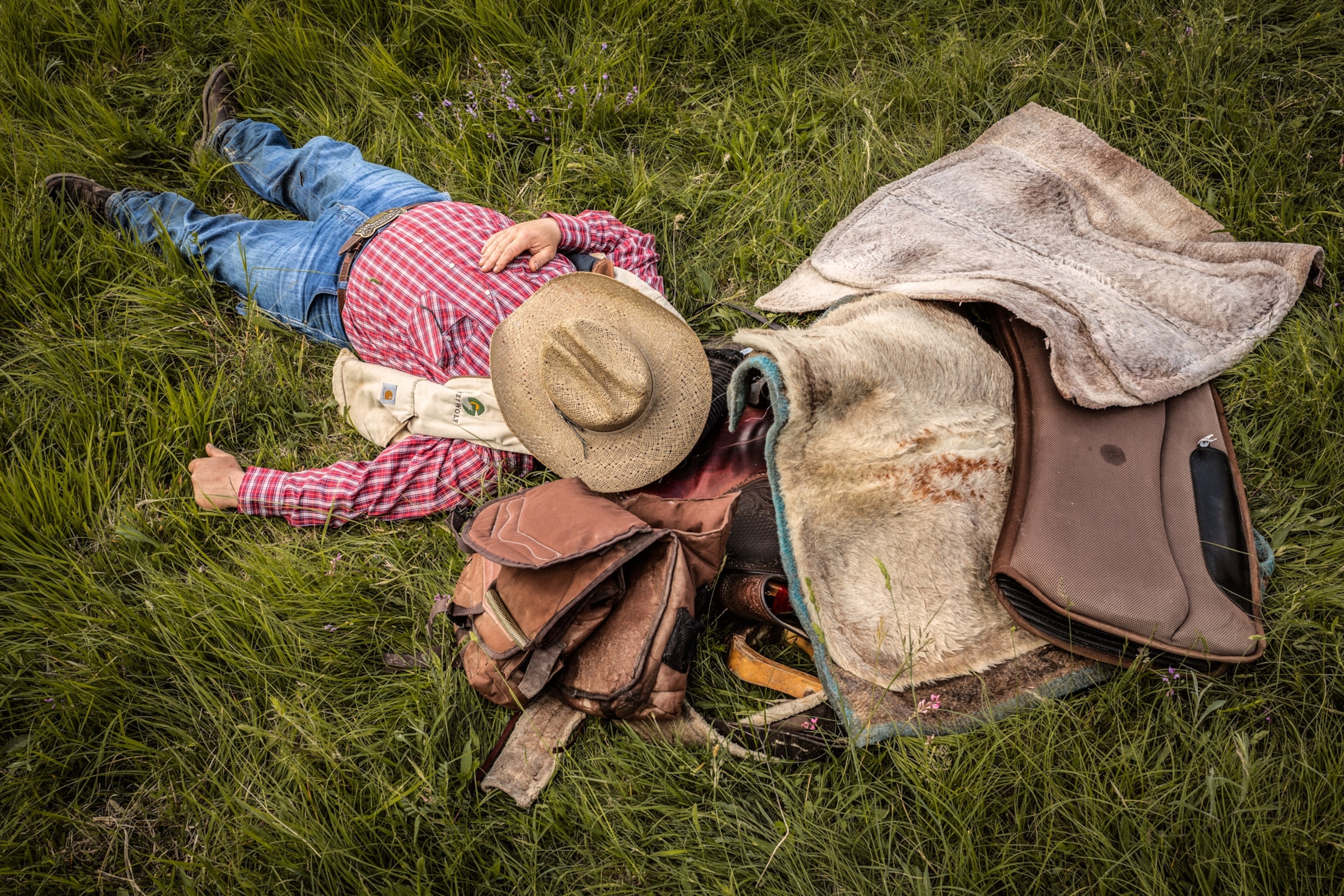
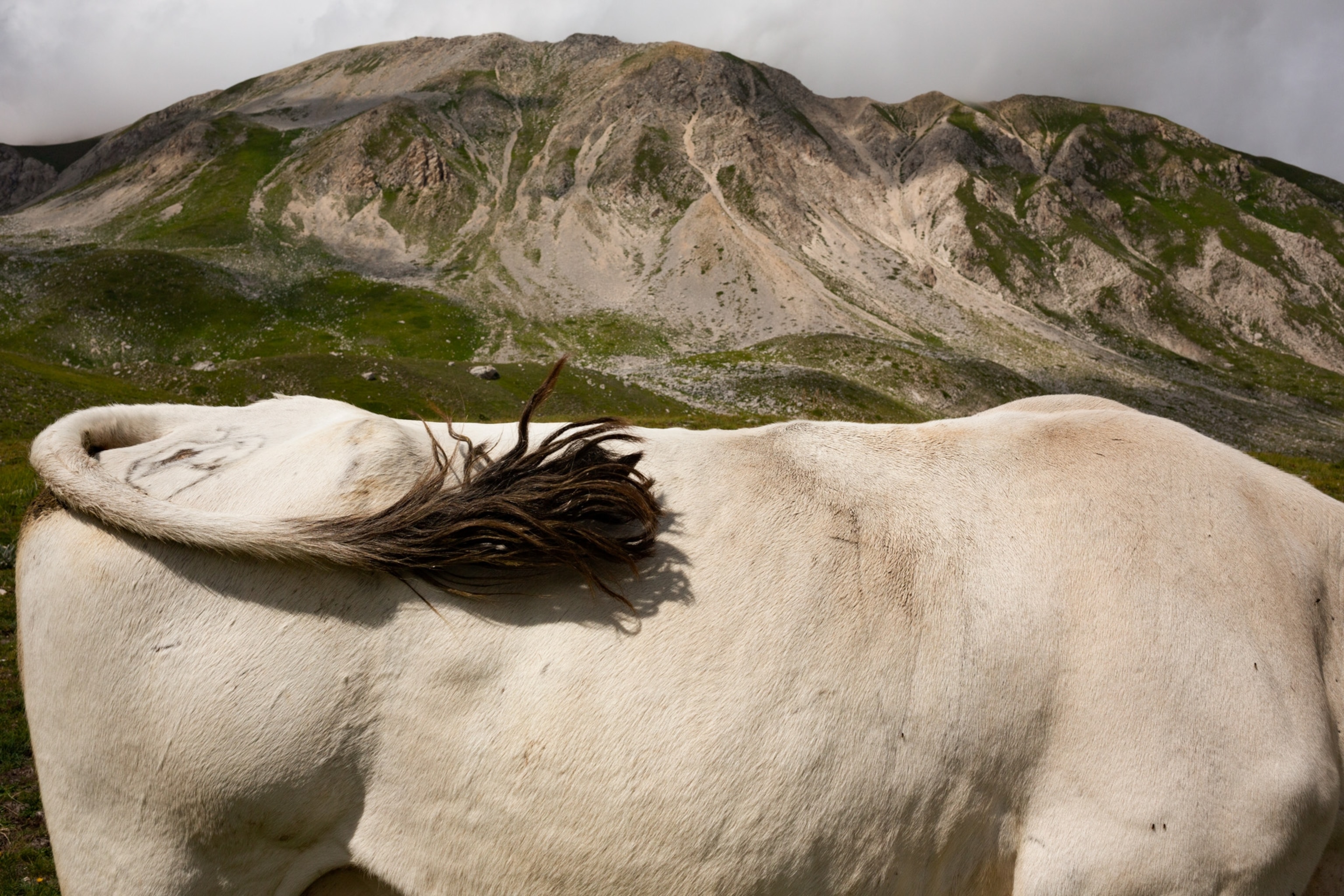
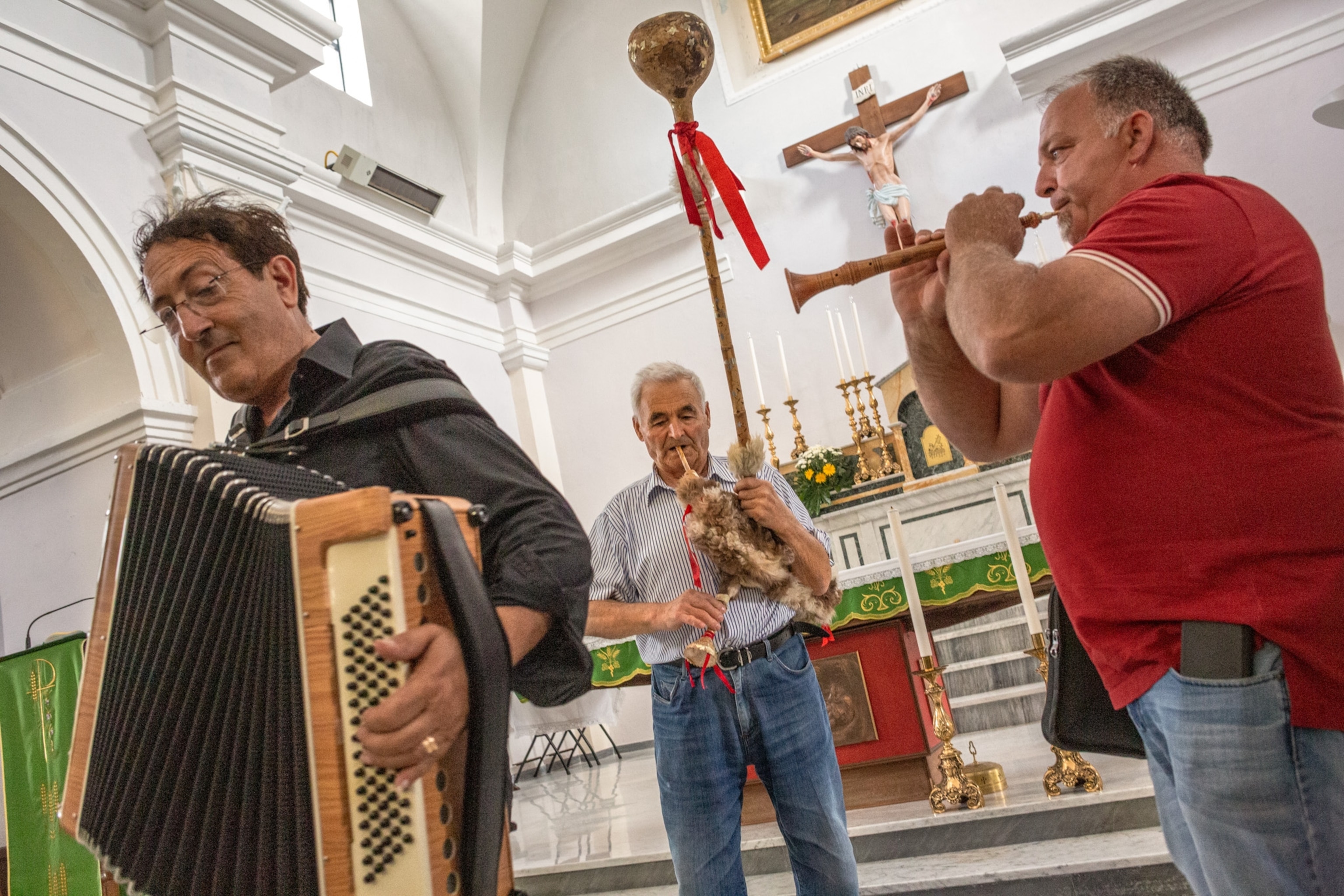
“In the past there were millions of sheep in Abruzzo,” she says. “Now there are maybe 200,000. We raise sheep because we hope to inspire others to do the same. We make the transumanza because it is good for the health of the animals and it is good for this place. It is part of this mountain culture, and we don’t want this culture to die.”
Transhumance faces many challenges, from climate change, which can alter the forage, to shifting demographics and evolving land-use policies and patterns. Over time, some herding, or drove, roads have become motor roads. Others now intersect highways or rail lines. Pasture is turned into cropland. Young people leave the villages or have little interest in continuing their families’ traditional livelihoods. Although the Italian tratturi are public property, Colantuono must apply for permits to cross highways and pass through villages and towns before leading her family’s cattle to and from Puglia each year. For Marcelli the challenges include not only livestock predators but also politicians whose policymaking, he says, isn’t farmer friendly.
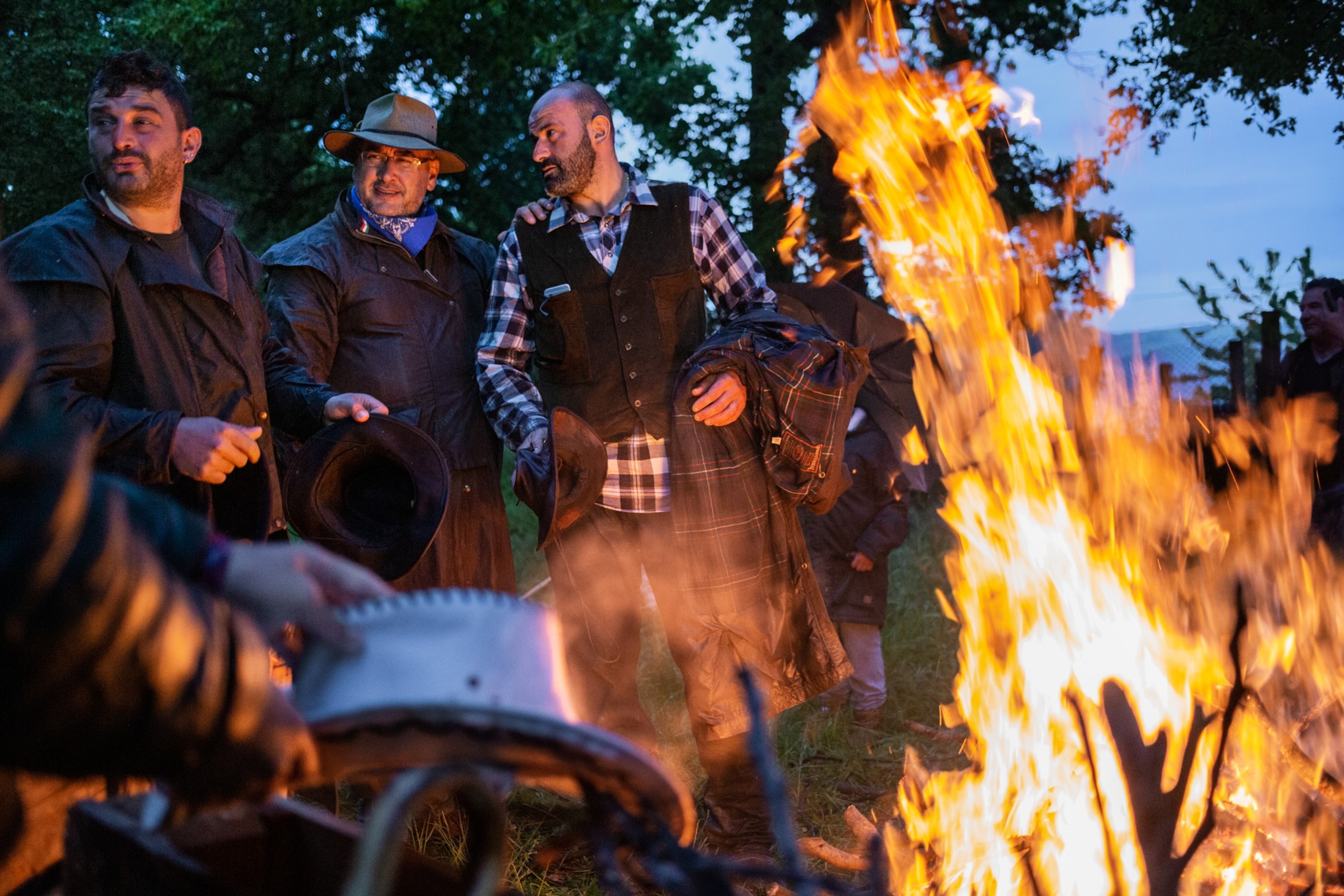
Viola Marcelli is grateful for the UNESCO ruling. She hopes it will help make transhumance, and small-scale agriculture in general, more viable for her family and others.
“It’s a hard job being a farmer,” she says. But overcoming the challenges is worthwhile, she adds. “The sheep, the pasture, the milk, the cheese we make, the transumanza, these have been a part of Abruzzo and Italy for thousands of years. These are the lifeblood of this place. They’re the soul of our people.”
Travel Wise: Transhumance
What to know
Today transhumance is as much a movement as an agricultural practice. Organizations such as Le Vie dei Tratturi advocate for shepherds’ rights and corridor protection, and provide information to travelers on events, museums, and exhibits with, in some cases, maps of trails and herding roads.
Guided hikes, mountain bike tours, and expeditions on horseback delve into the practice and history of transhumance. Most guided tours operate during the spring and fall, with guests helping shepherd the livestock. Not all transhumance pathways are open to the public; it’s important to check before exploring.
Festivals
Whether celebrating the safe return of the herd or advocating for shepherds’ rights, transhumance festivals take place around the world. They often include traditional folk music, feasting, costumes, and dance—in addition to livestock parading by the hundreds, sometimes thousands, through the streets.
- Southern Italy
TRICARICO CARNIVAL In the town of Tricarico, in the Basilicata region, a transhumance reenactment takes place each January 17, the feast day of St. Anthony the Abbot, the protector of animals.
- Madrid, Spain
FIESTA DE LA TRASHUMANCIA With its stunning architecture and elegant neoclassical fountain, Madrid’s Plaza de Cibeles might be the last place you’d expect to hear the din of thousands of bleating sheep. That’s exactly what you’ll get during this annual festival, scheduled this year for October 18. The event started in 1994 as a protest to assert shepherds’ rights to use Spain’s ancient drove roads.
- Petaluma, California
TRANSHUMANCE FESTIVAL This “celebration of grassland culture”—originally slated for May 16 but canceled because of COVID-19 concerns this year—includes talks and exhibits about indigenous foodways, grazing, fire ecology, and land ethics.
- Boise, Idaho
JAIALDI Basque shepherds initially lured by the California gold rush were instrumental in establishing the West’s transhumance routes and traditions. Idaho has the largest concentration of Basques in the U.S.; every five years the state’s capital hosts one of the world’s biggest Basque festivals. (In Euskara, the Basque language, jaialdi is the word for “festival.”) During the six-day event, next scheduled from July 27 to August 1, 2021, paella and chorizo rule.
